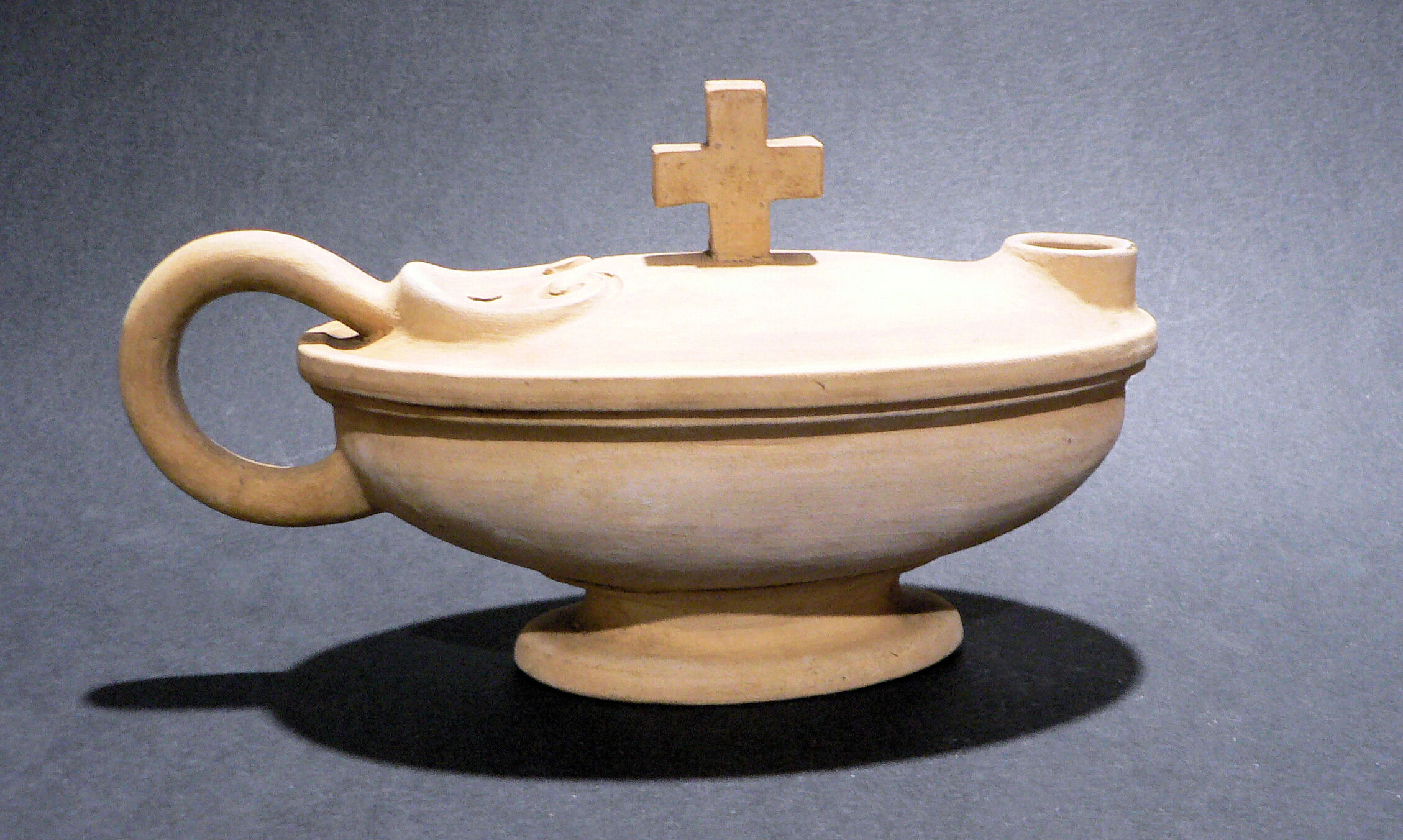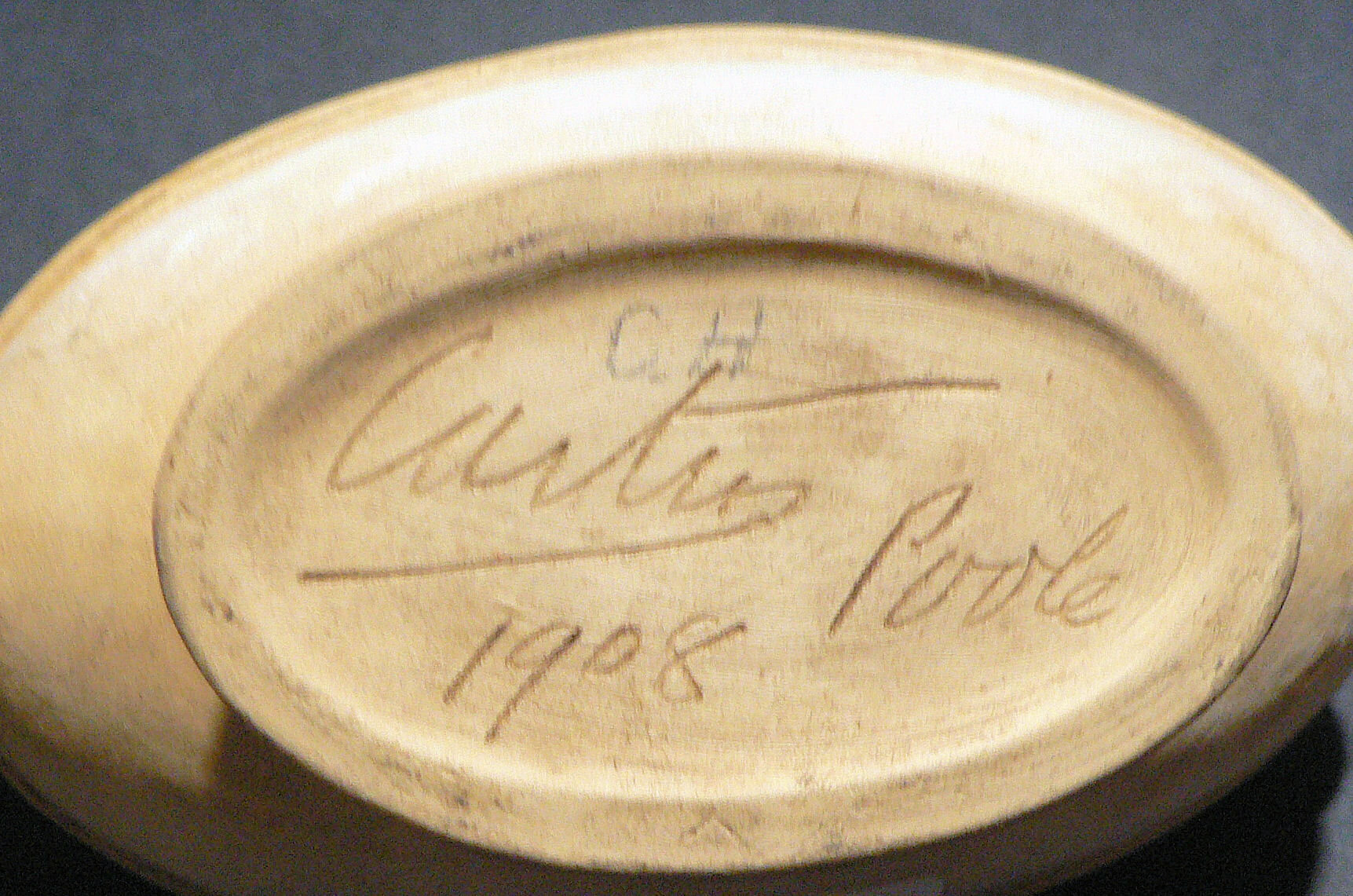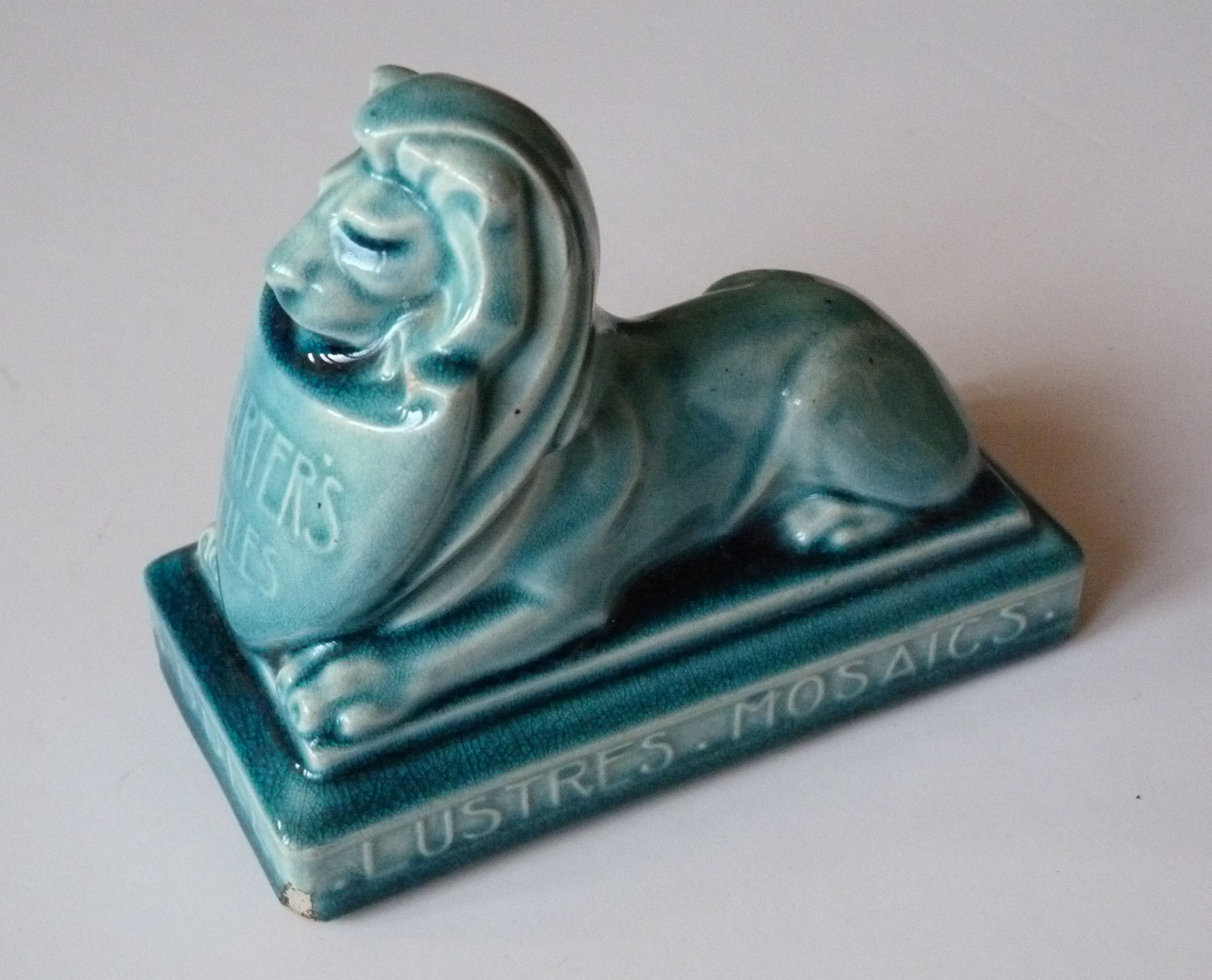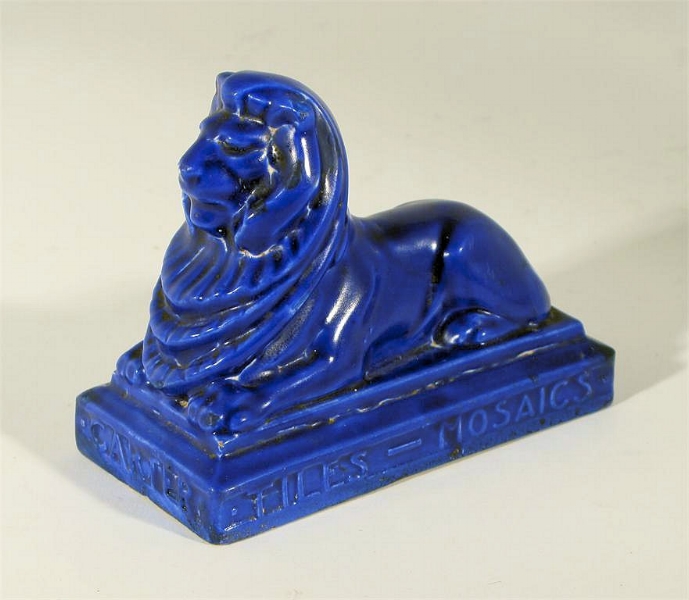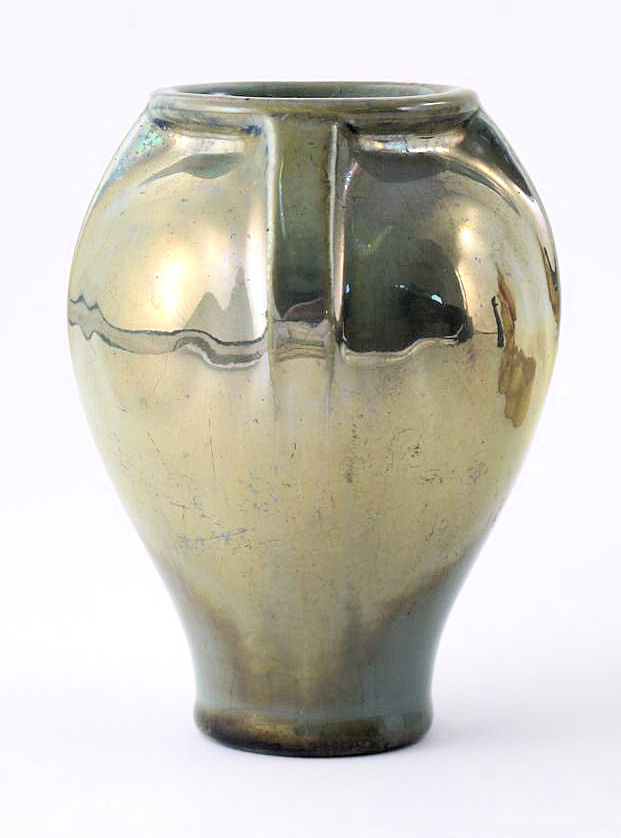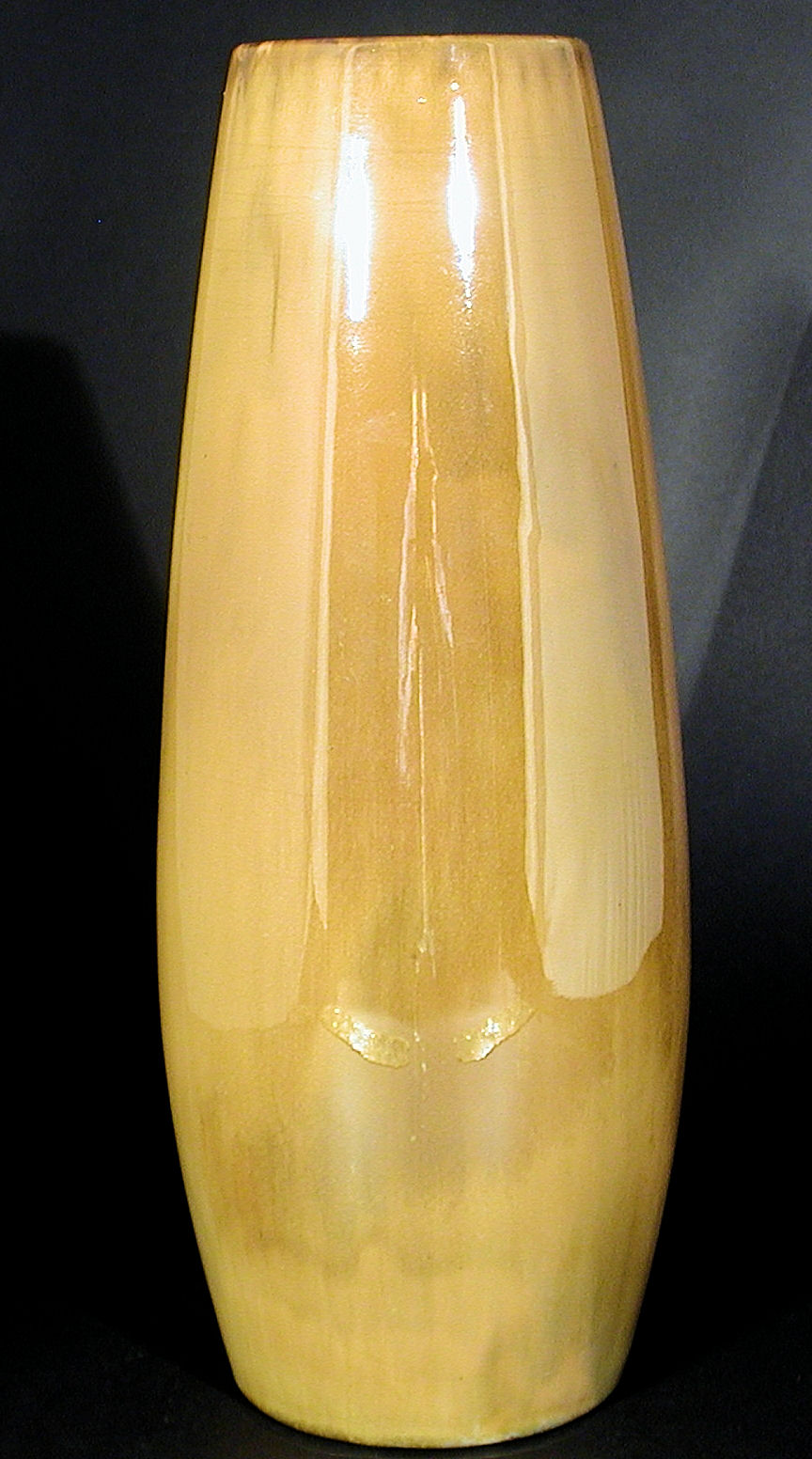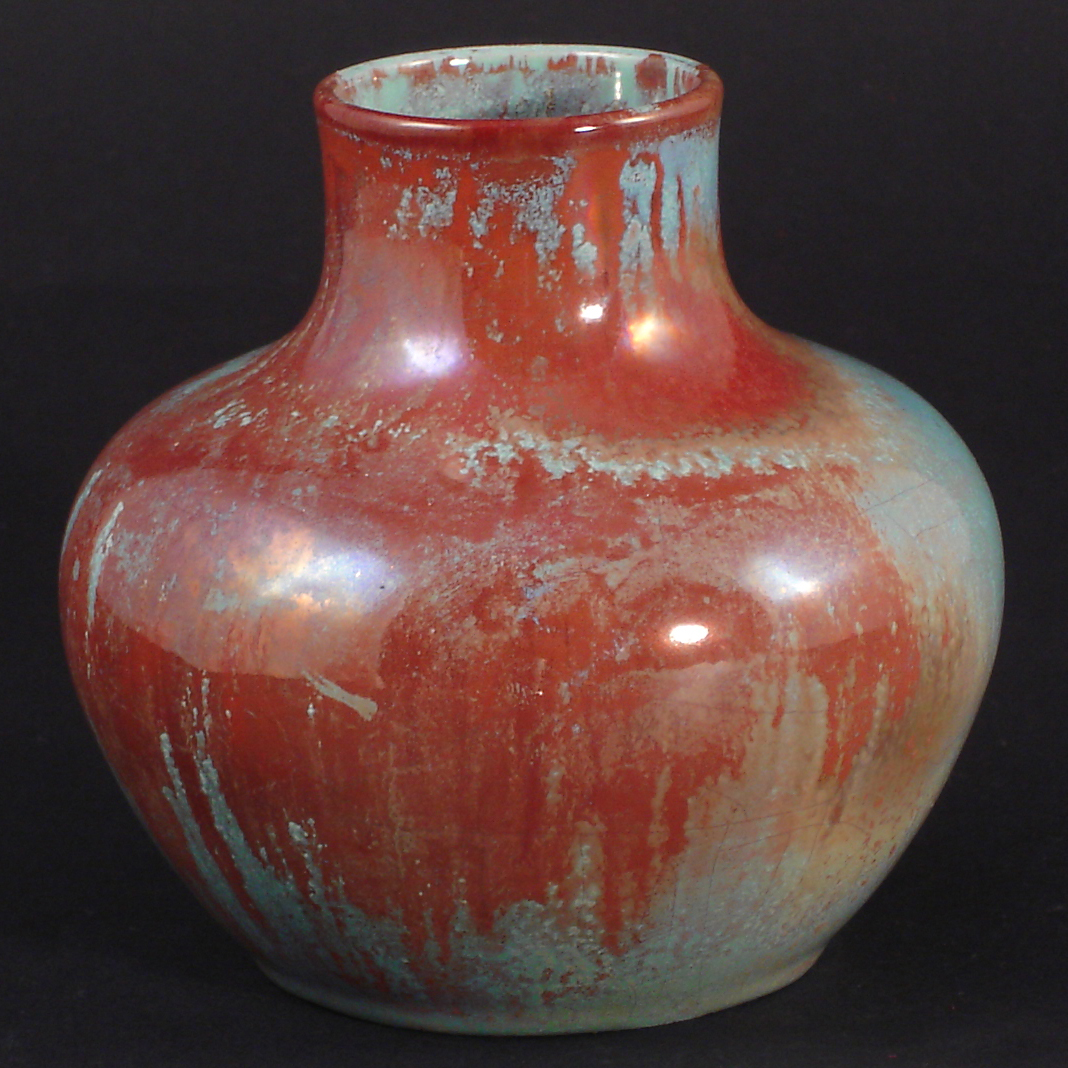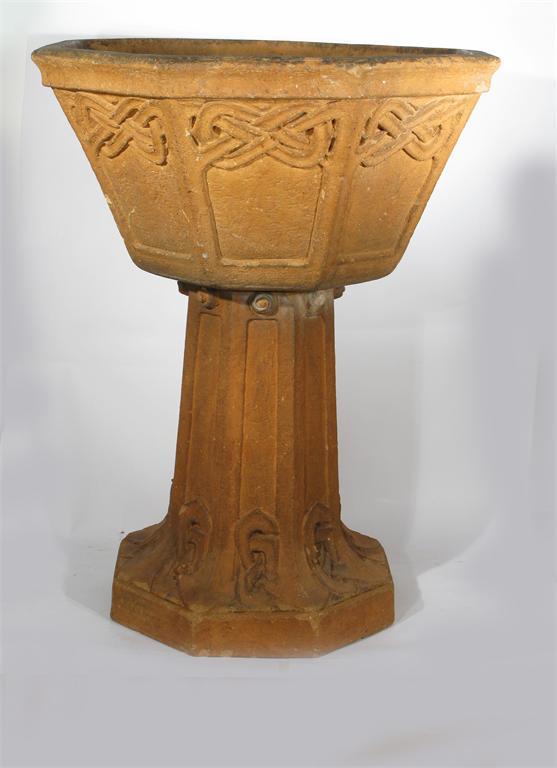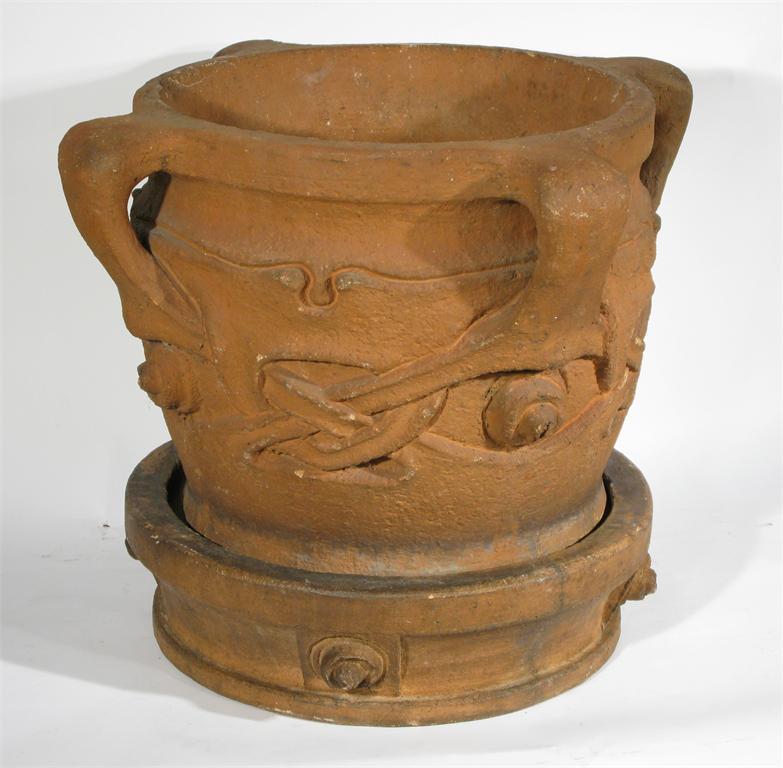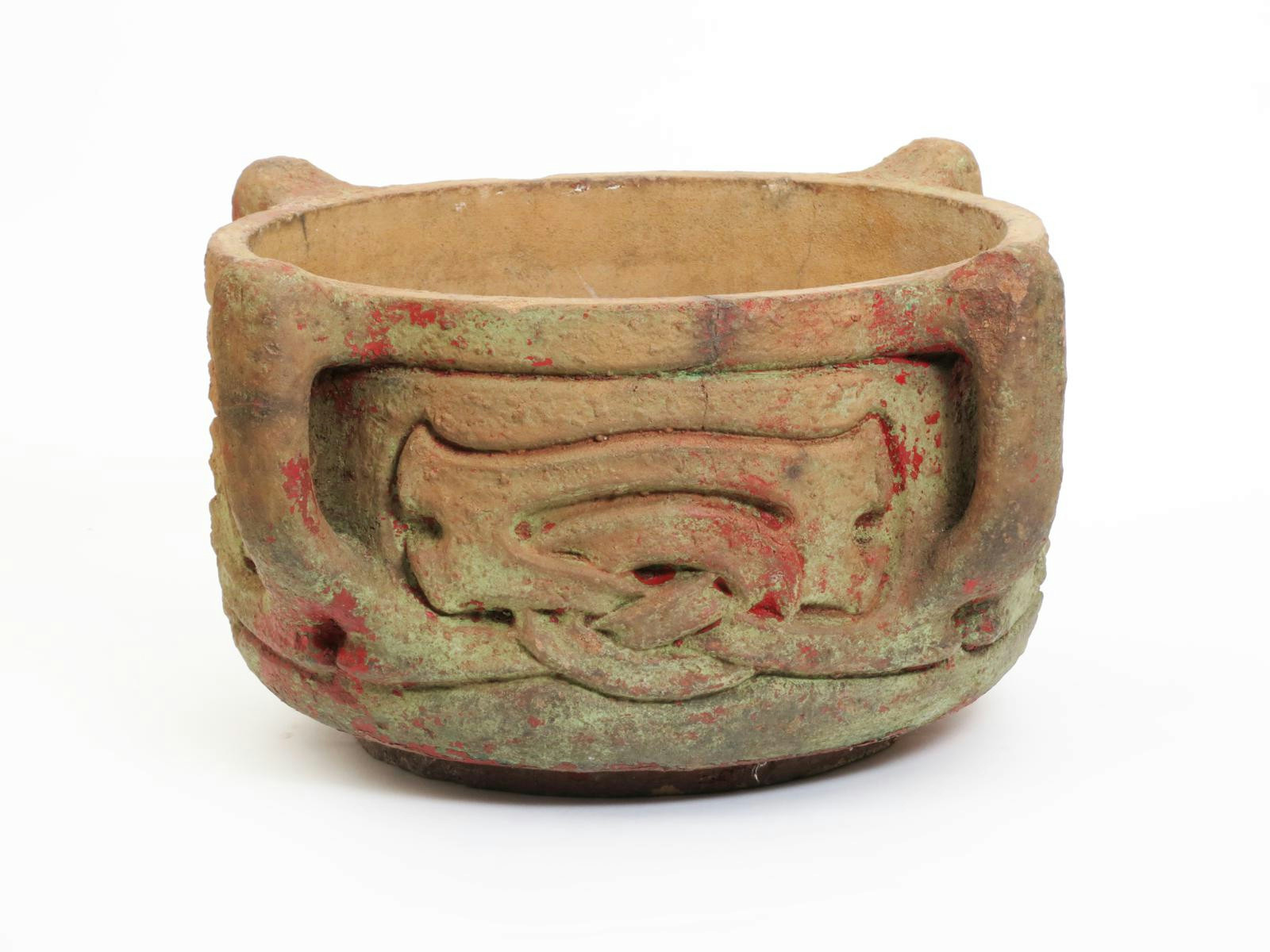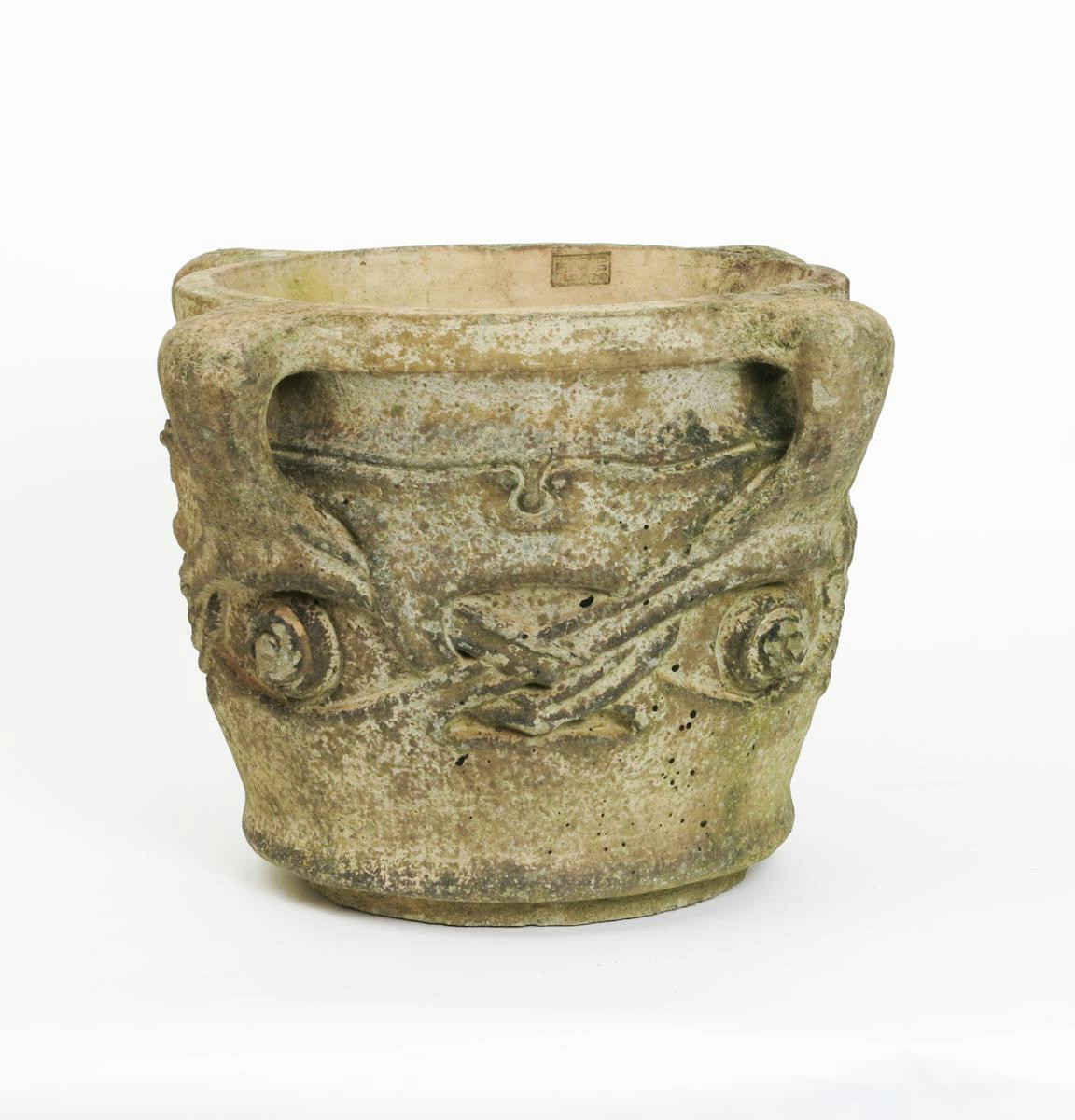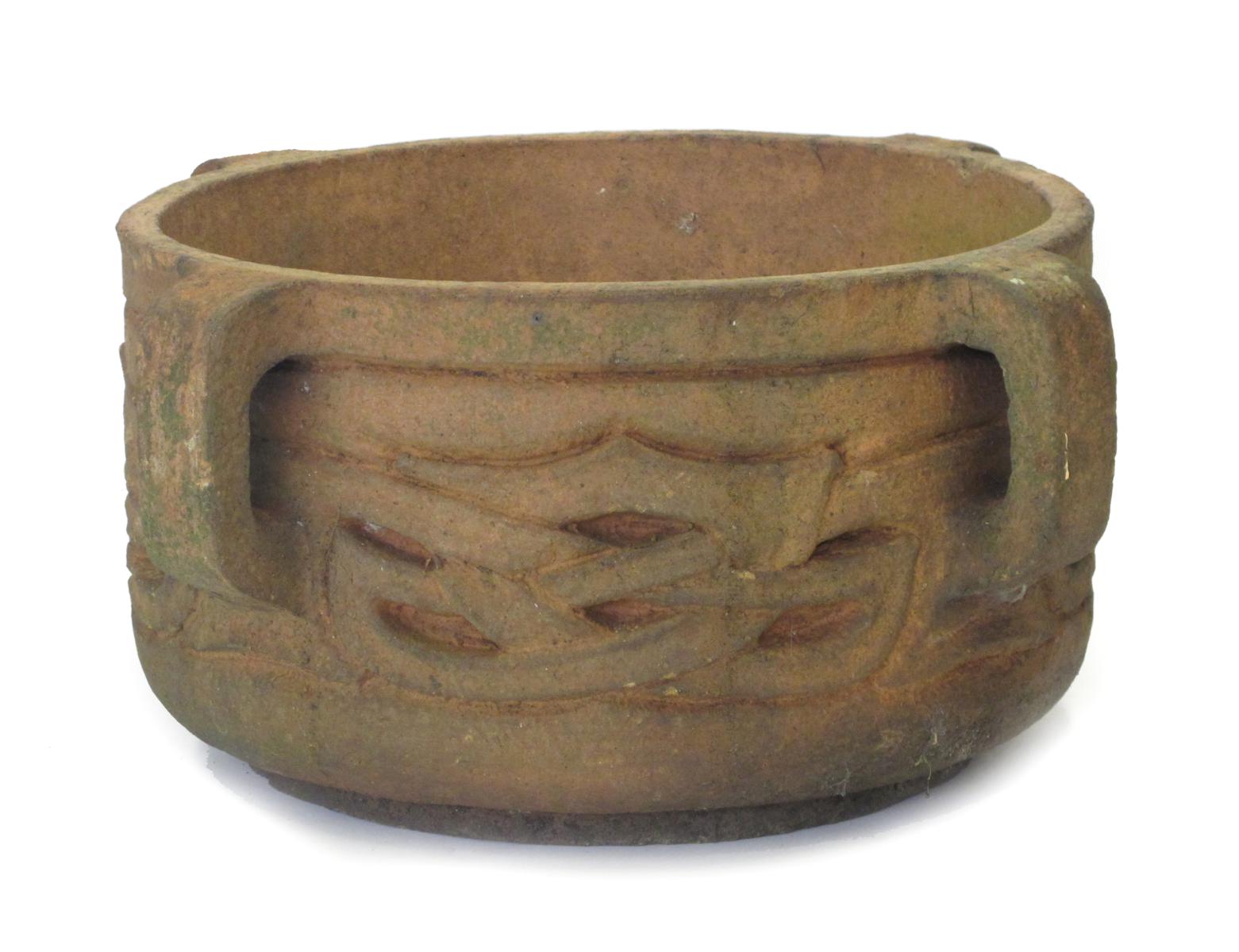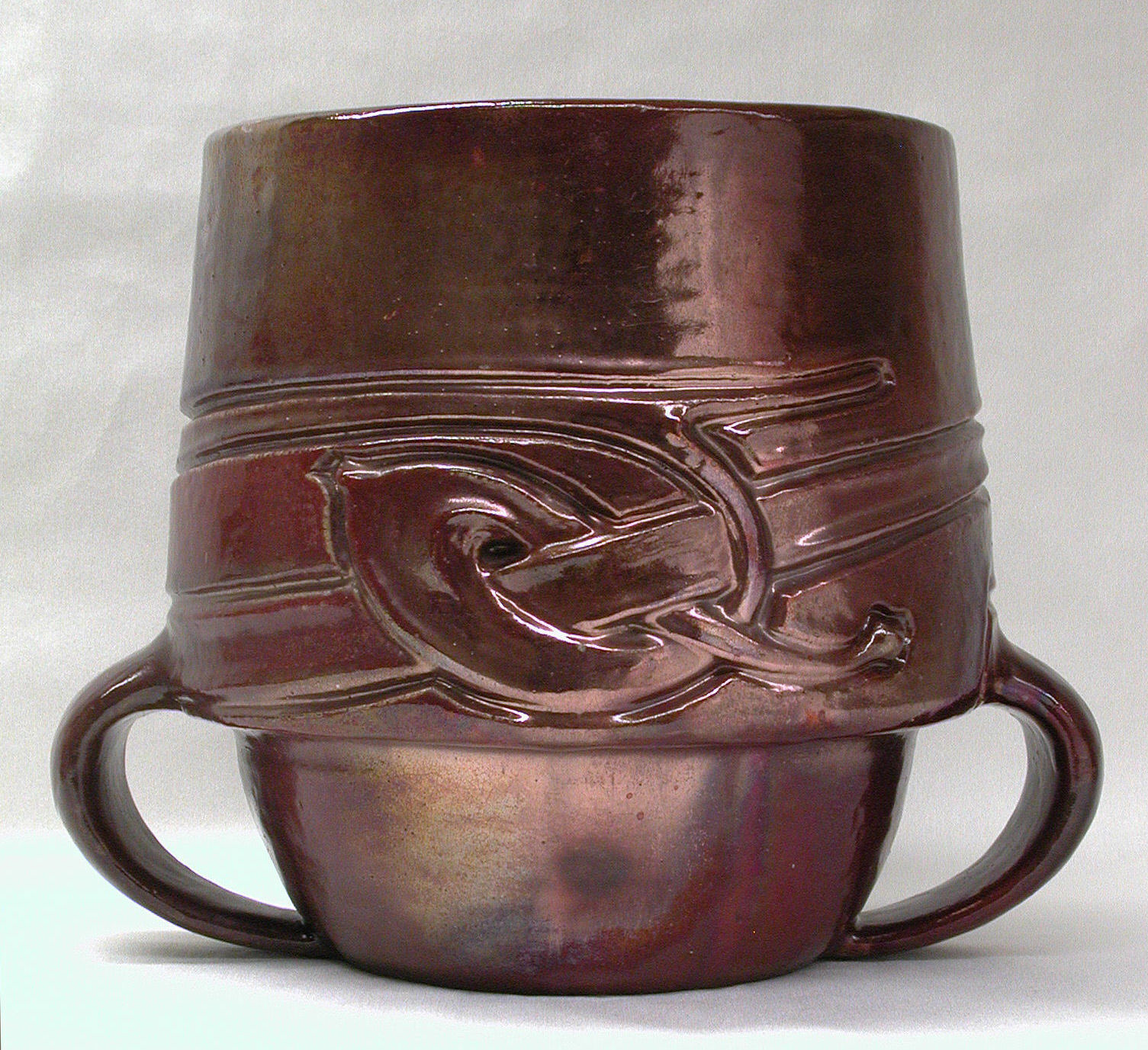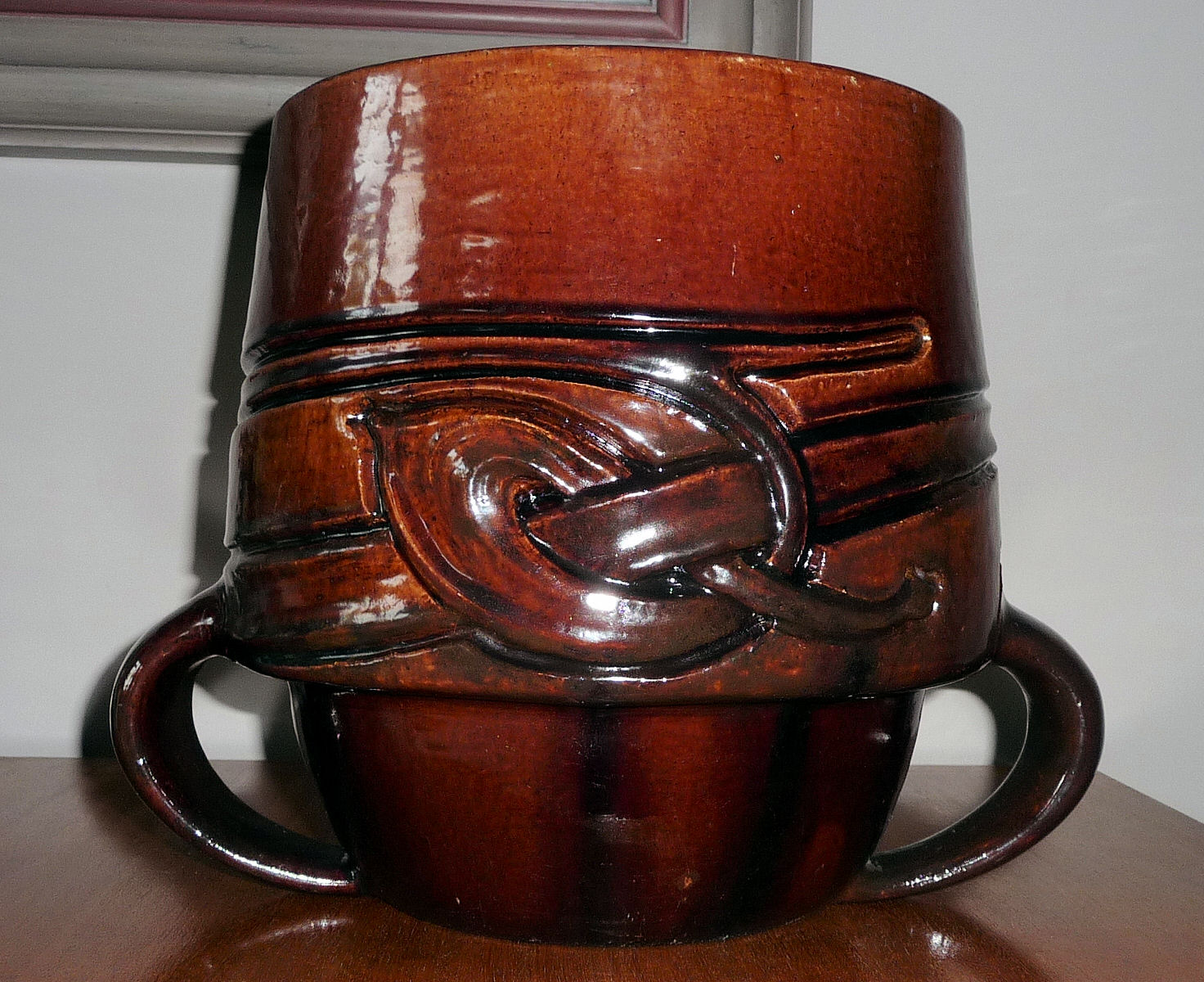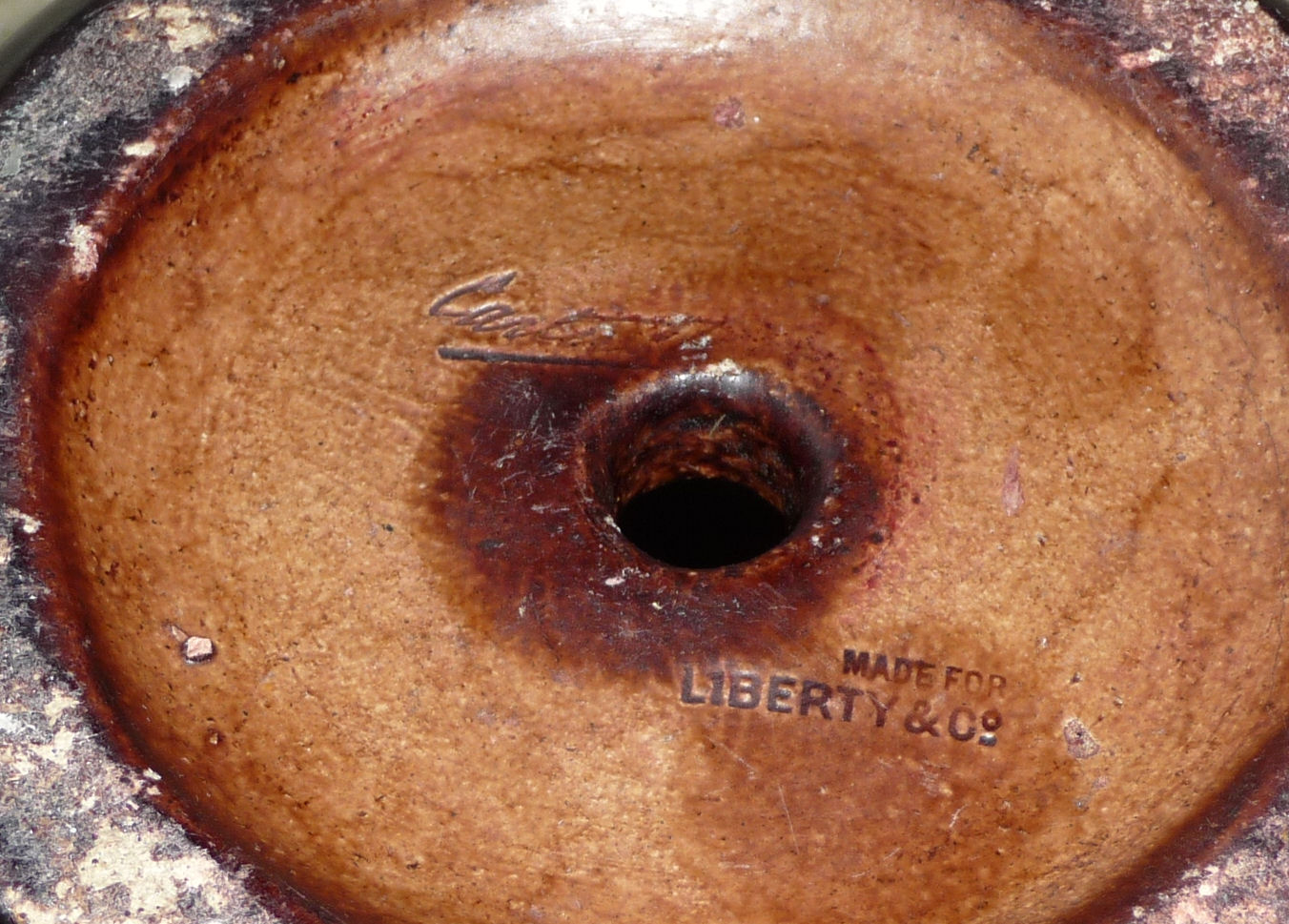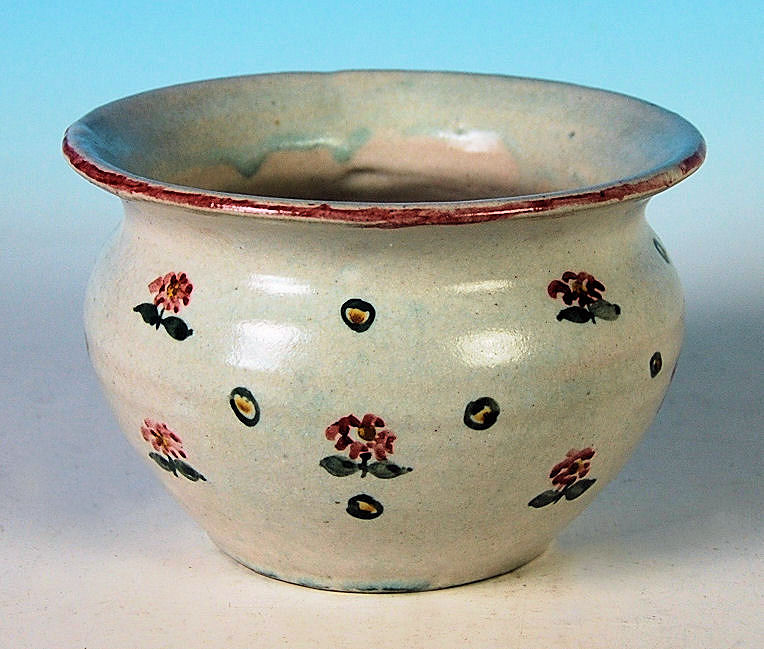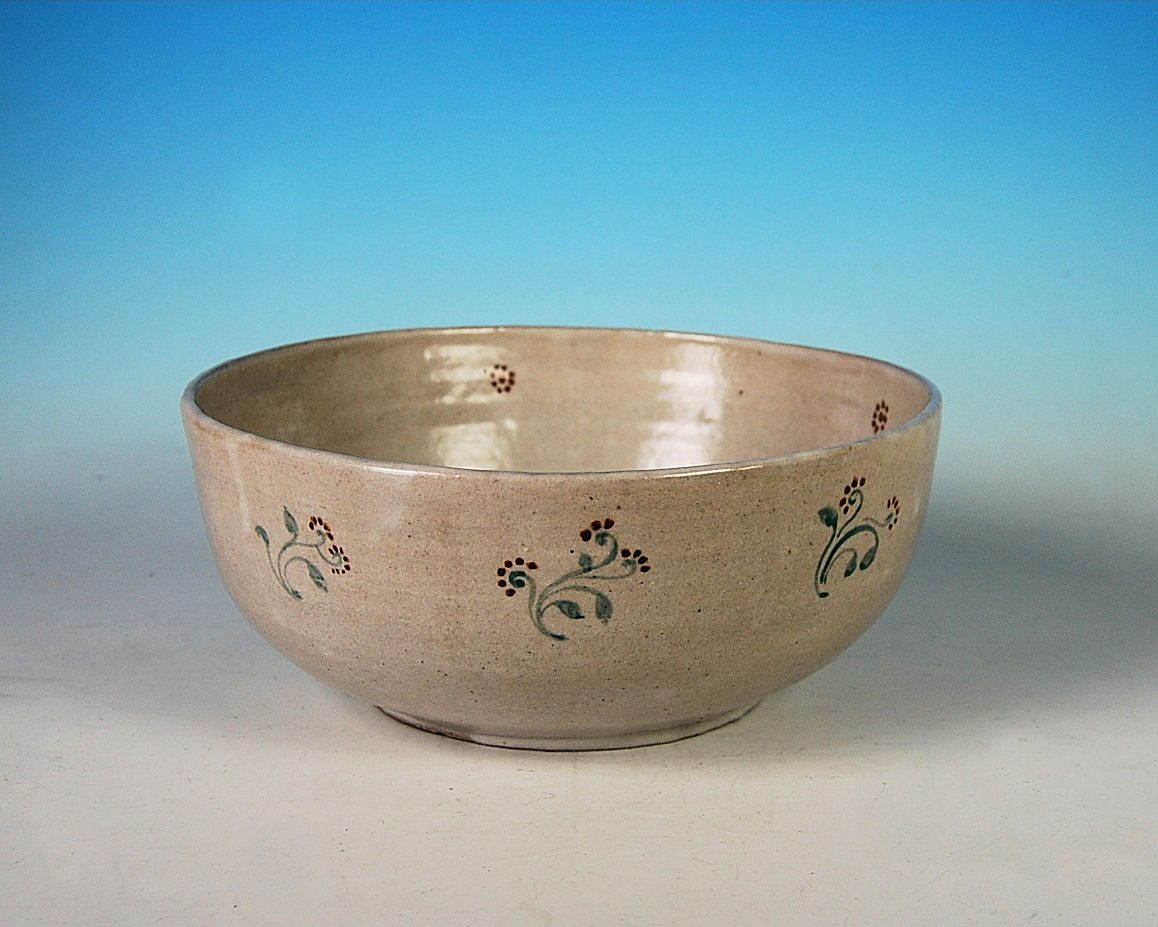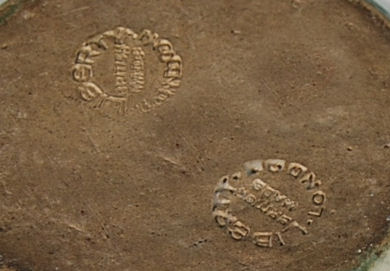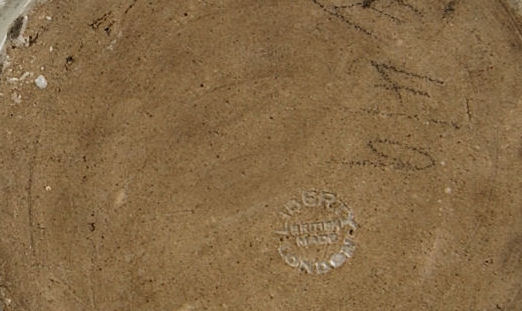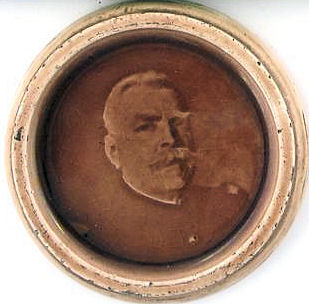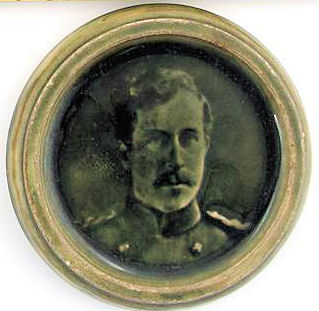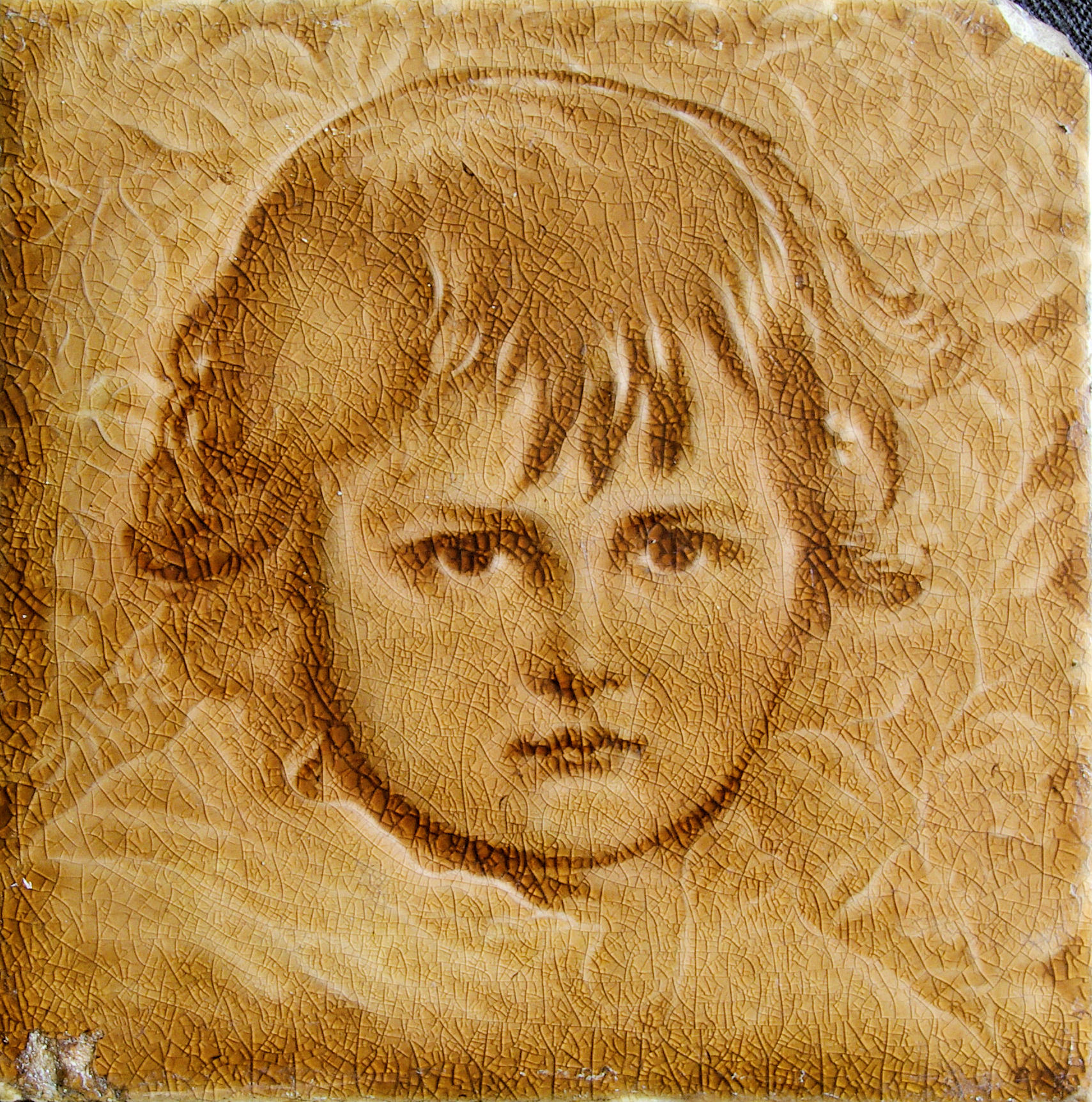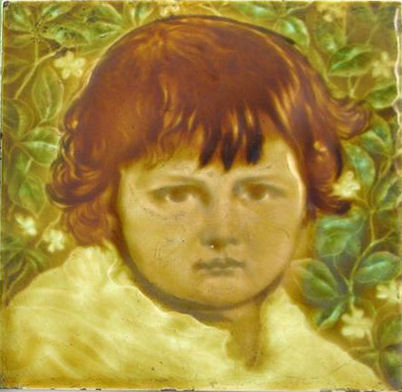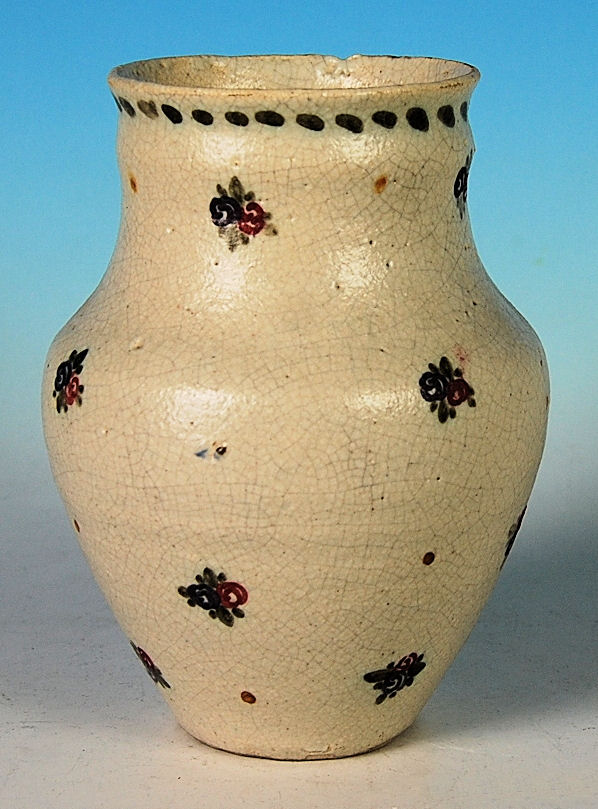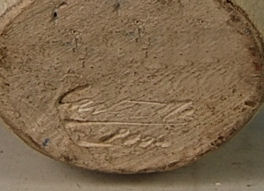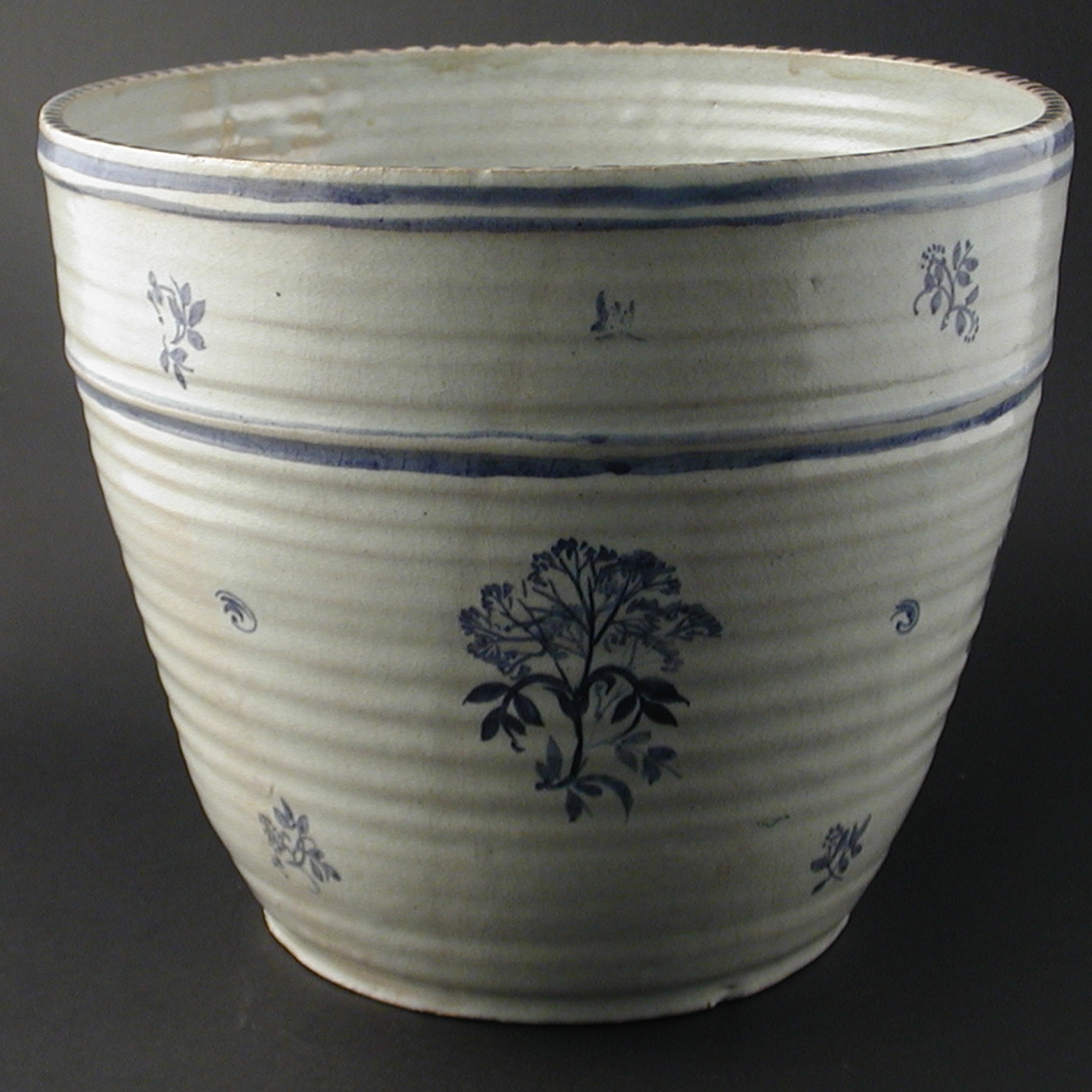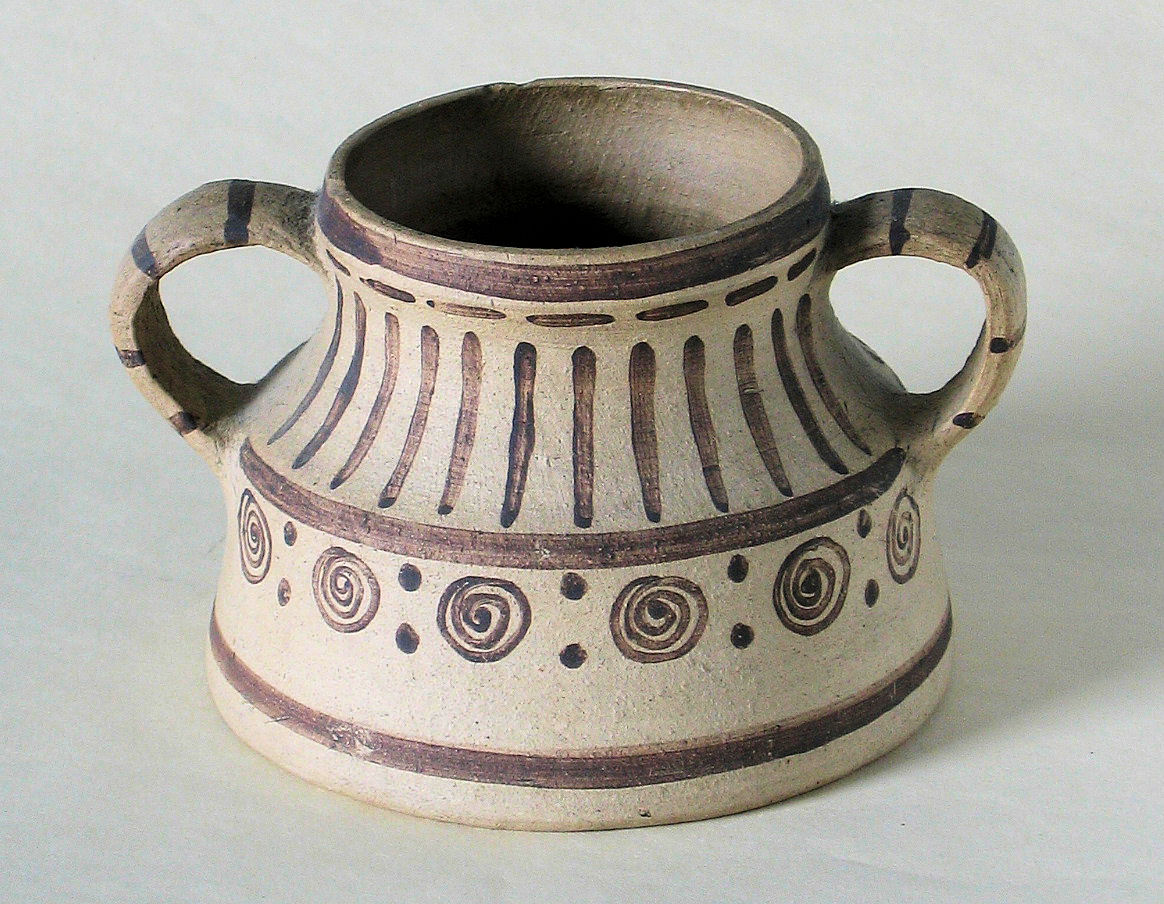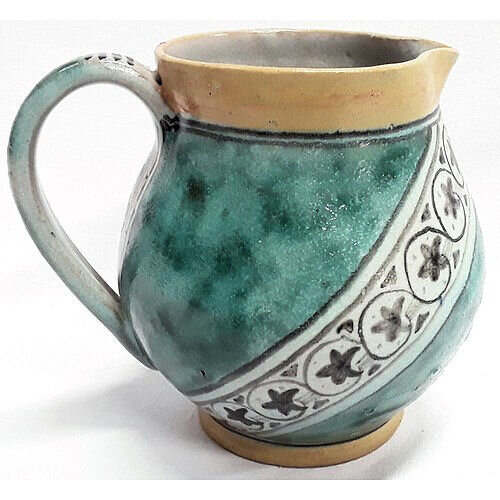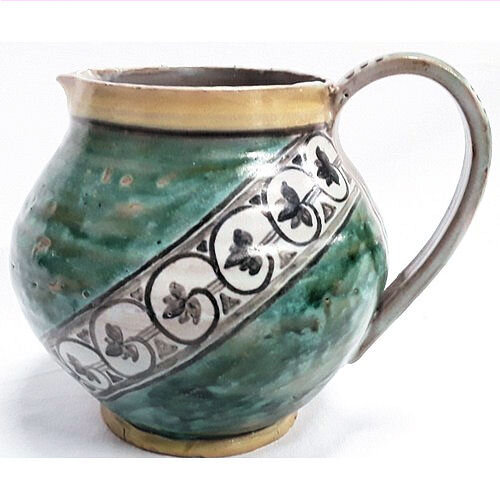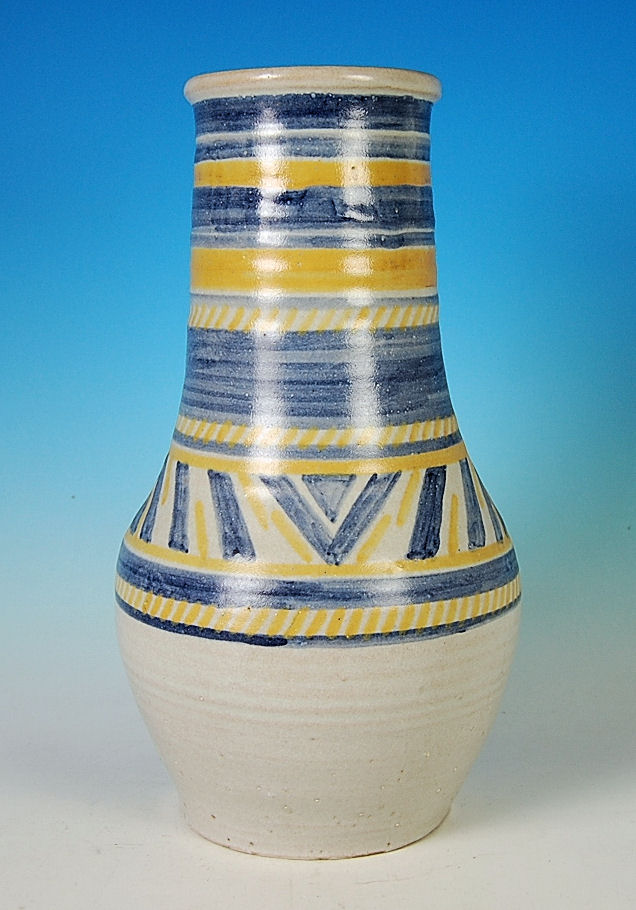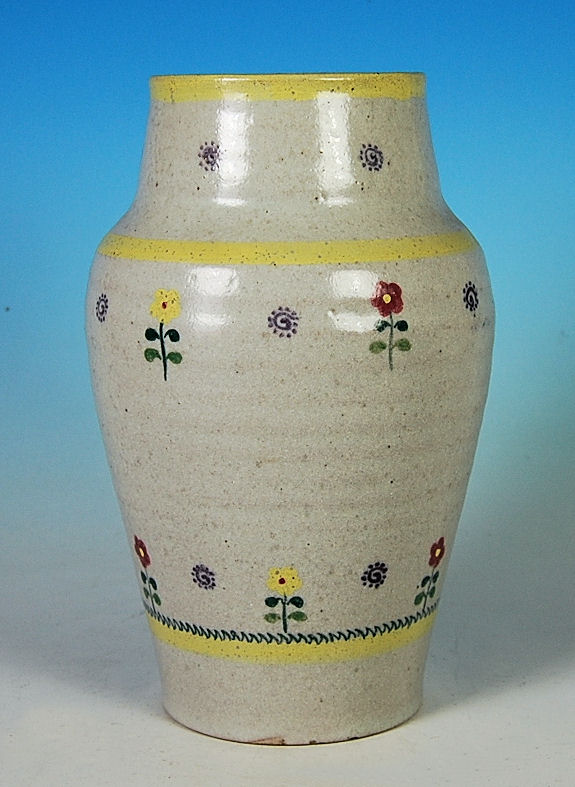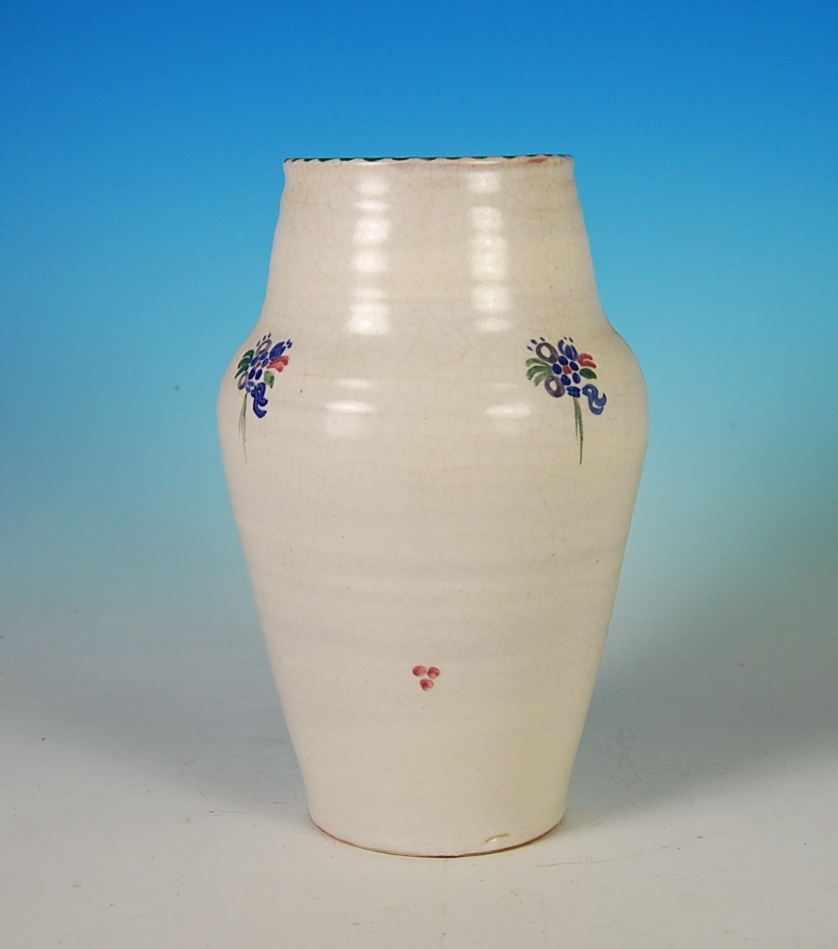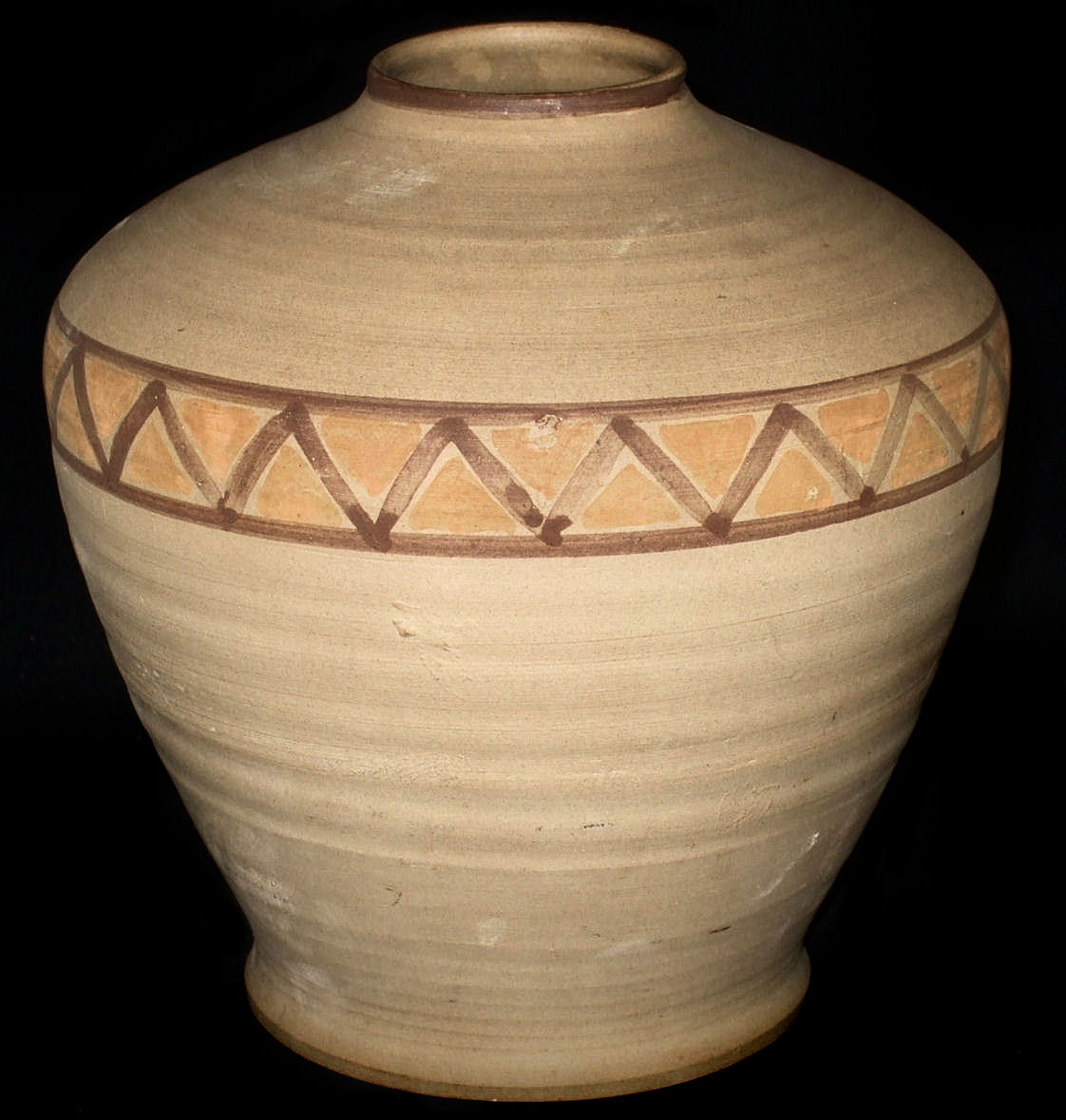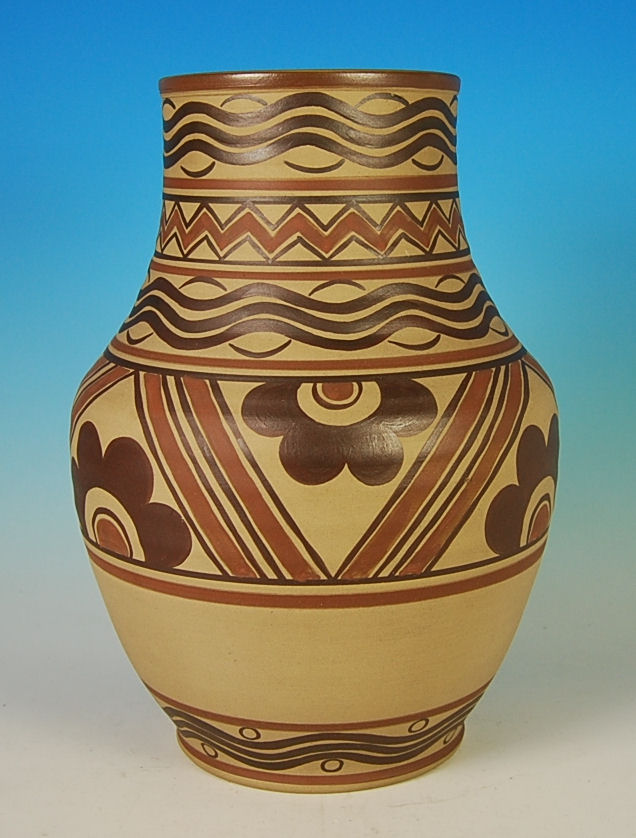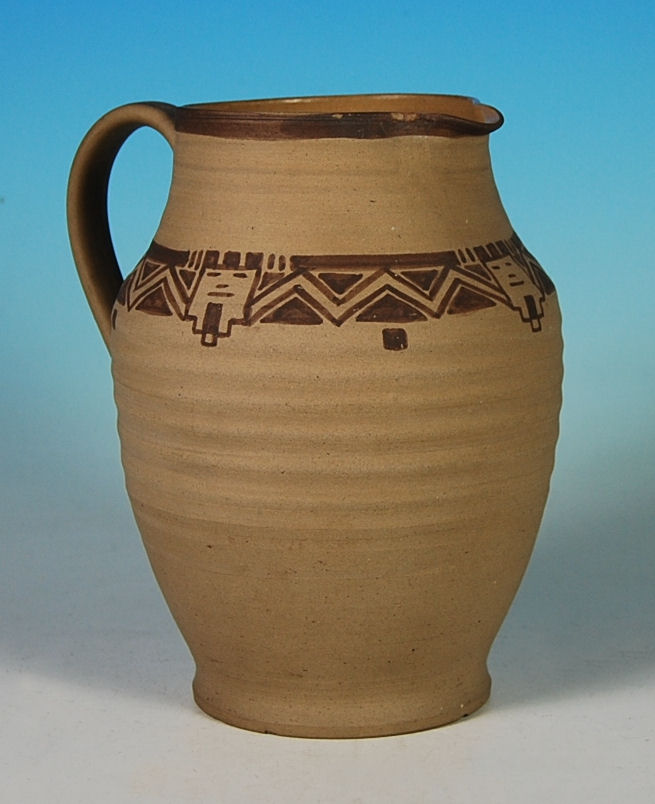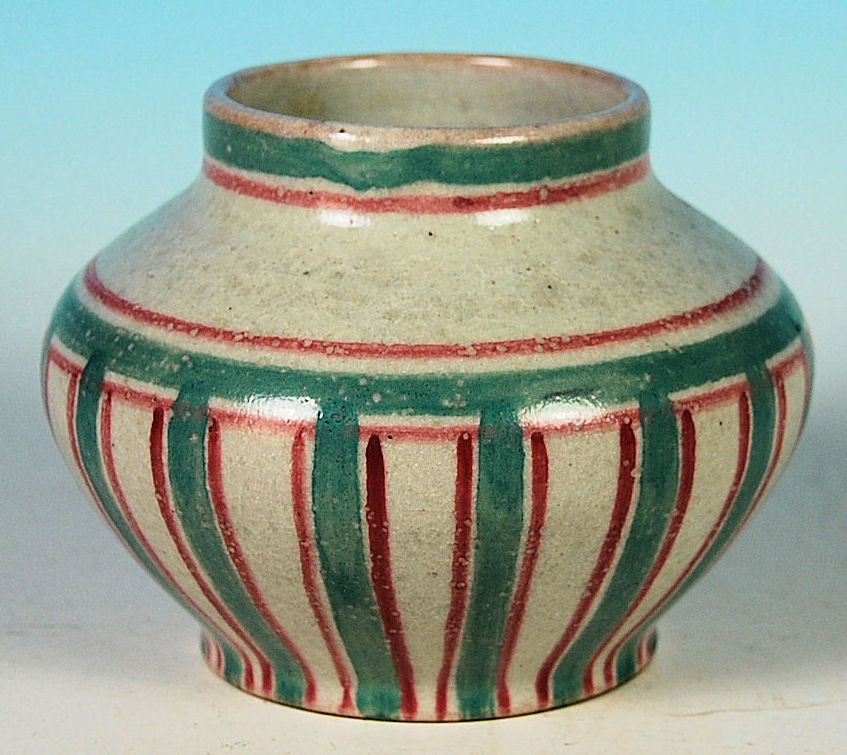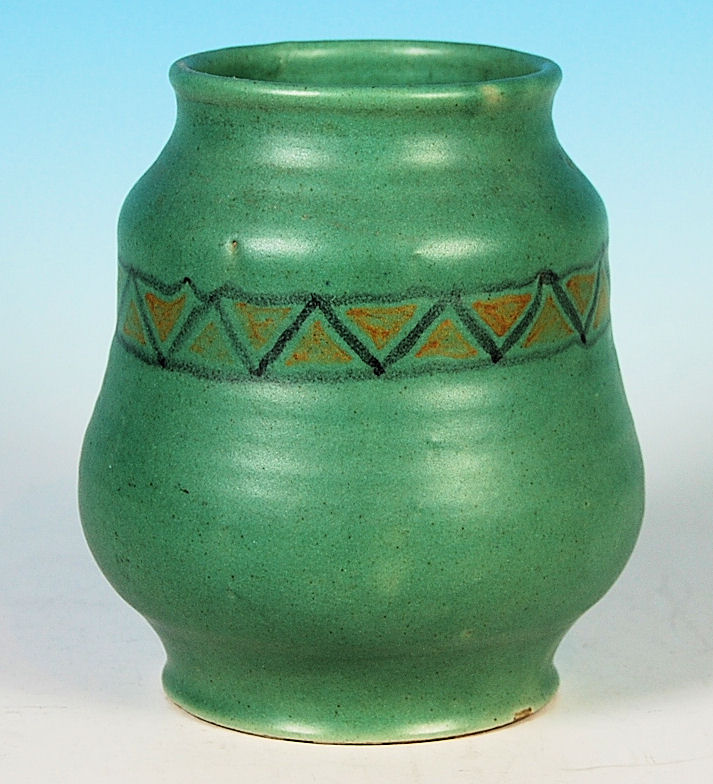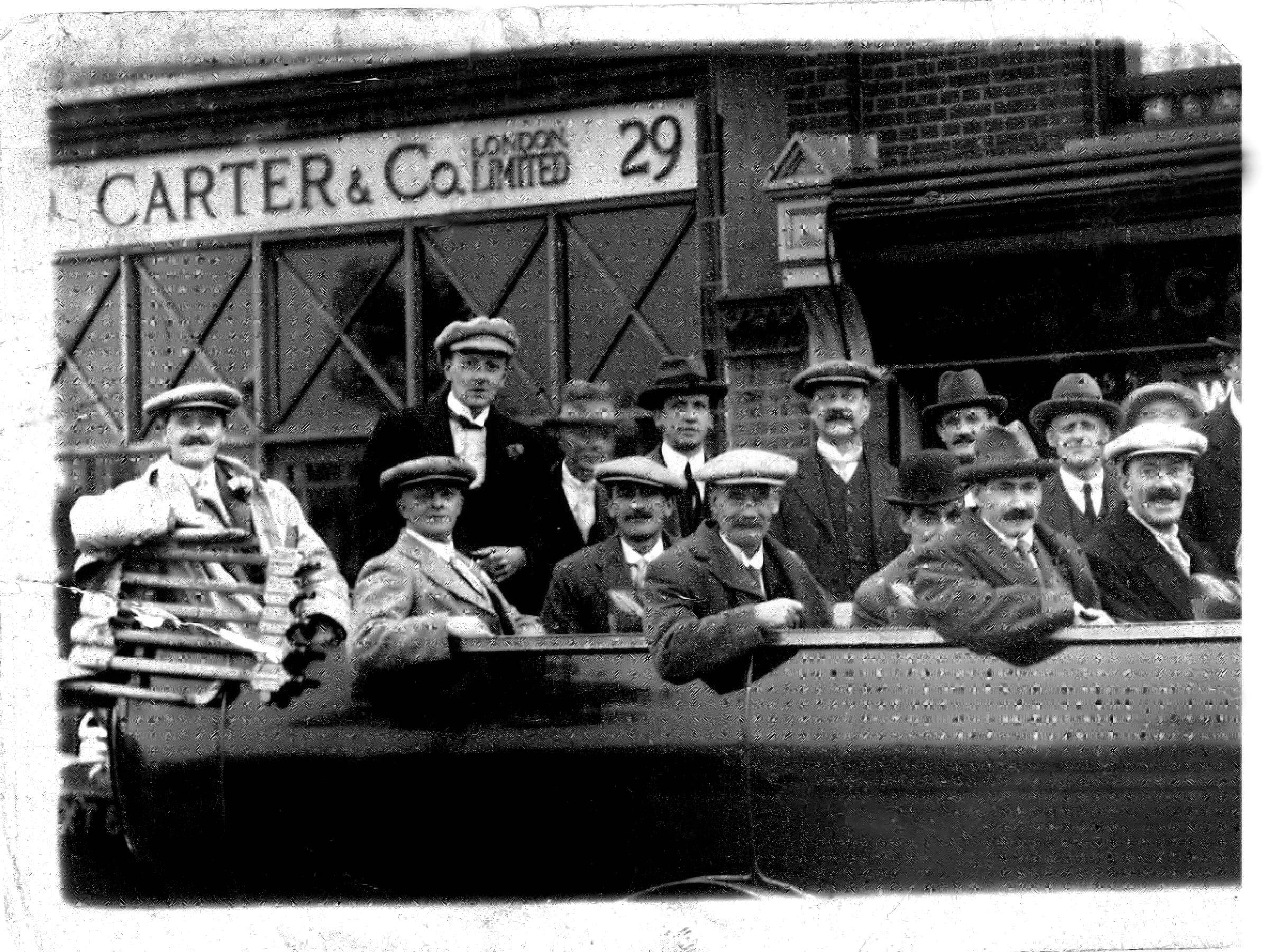

Carter and Co. 1900 - 1925
Above - unusual Carter and Co incense burner, 1908.
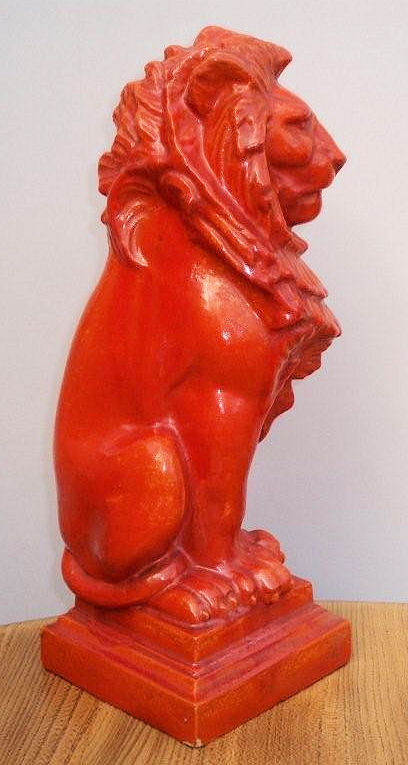
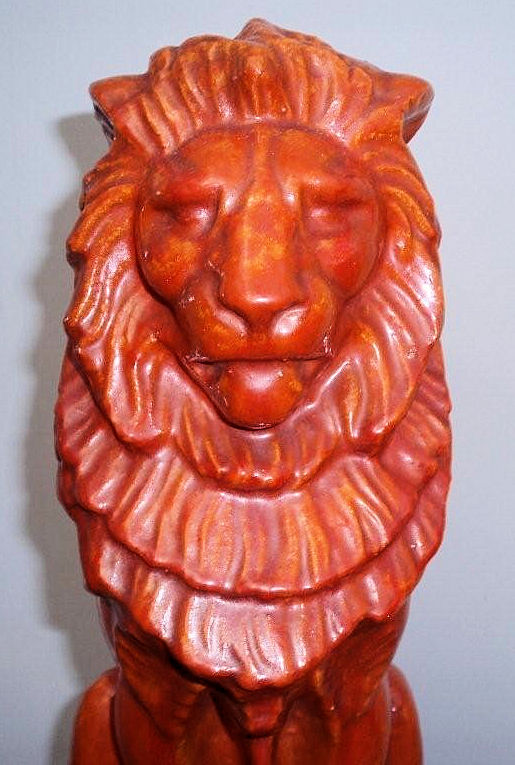
Above - 'Alfred the Lion' - a copy of the Alfred Stevens design for the 25 cast iron lions in the railings of the British Museum installed in 1852. The design was very popular and copied by various companies including Pilkingtons and (above) Carter and Co. Made from buff stoneware, 13 inches high and with an early John Adams uranium orange glaze, early 1900's.
Above - adapted as an advertising paperweight and given away by firm representatives.
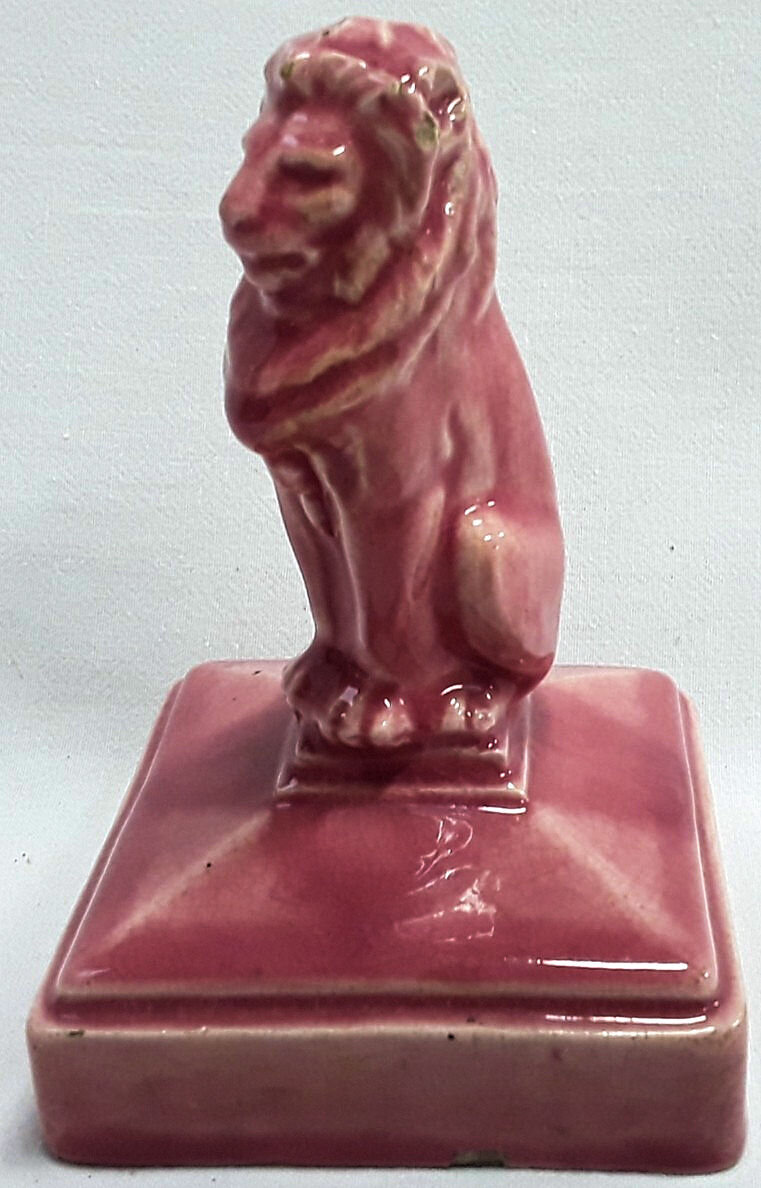
Above - Alfred Stevens lion design adapted as a lustre glazed paperweight.
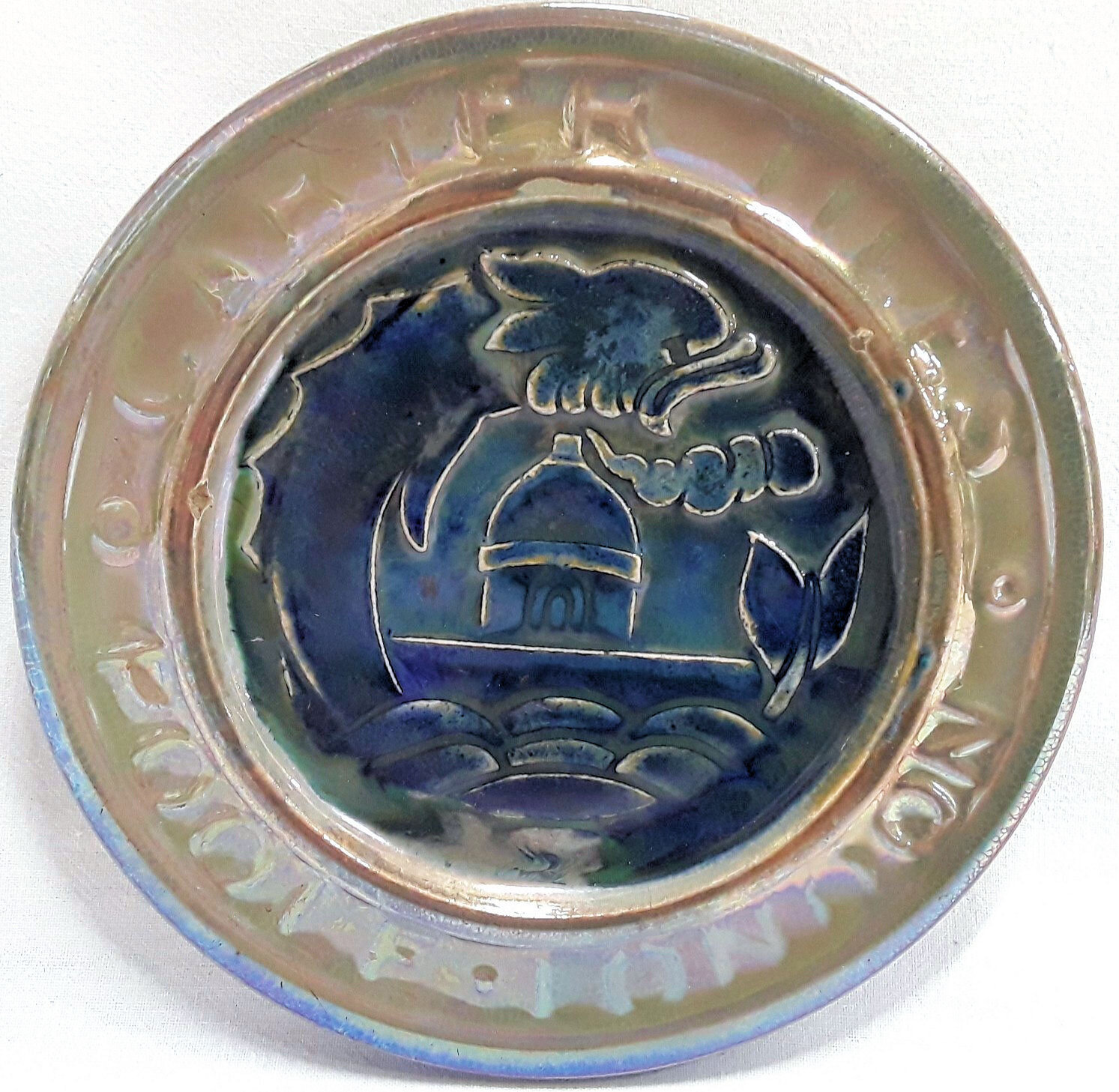
Lustre ware
Carter's Tiles produced lustre glazed tiles from about 1896. Following experiments carried out by Owen Carter the production of decorative lustre wares began in 1900, initially at the Hamworthy Tileworks.

The panel of lustre glazed tiles shown above was made for the Carter factory, c1905 and is now on public display in the quayside development on the site of the former Pottery. 'This highly decorative panel shows the faience of both William de Morgan and the Art Nouveau styles then in vogue' [description Poole Pottery, Hayward and Atterbury]
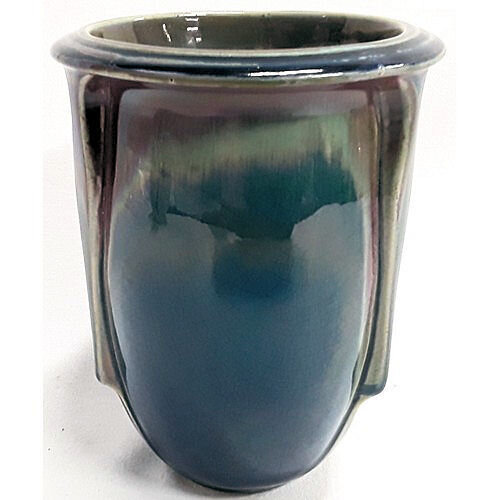


Above - bowl and vases in blue lustre glaze - early 1900's.
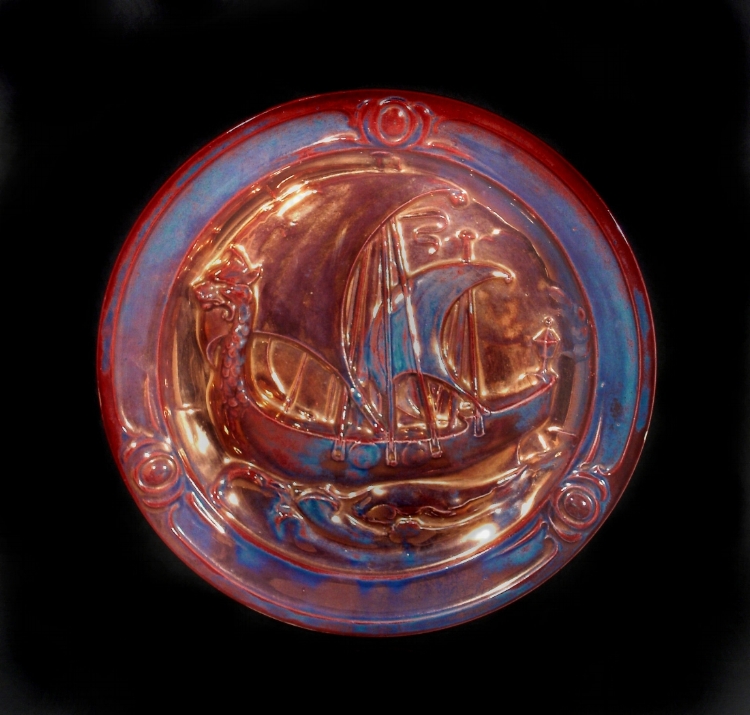
Above - stoneware wall charger in a blue and ruby lustre glaze with a Viking ship in relief designed by James Radley Young, diameter 16 inches.

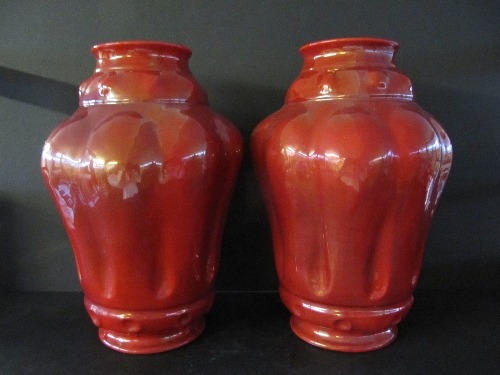
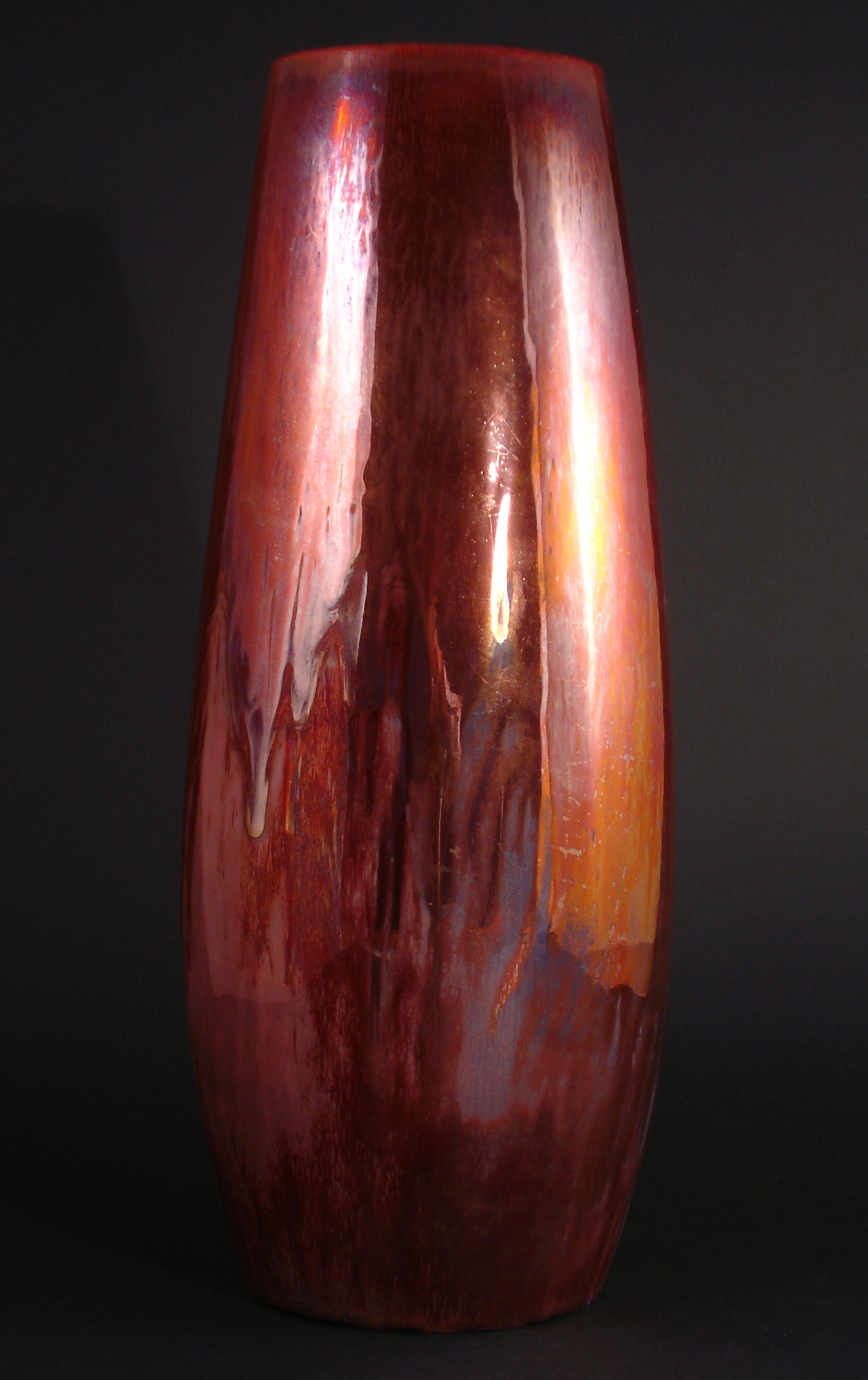

Most of the lustre glazed pieces shown here were produced between 1900 and 1908, although some production continued until Owen Carter's death in 1919 (see 'Smoke Reduced Lustre Wares', Leslie Hayward for Poole Pottery Collectors Club, 1998).
The glazes used to create the lustre effect contained oxidised copper or silver. Smoke was produced in the kiln in order to exclude oxygen allowing a chemical process of reduction to take place. There is a detailed description of the process in The Poole Potteries by Jennifer Hawkins (1980).
Below - shouldered vases with a golden lustre glaze, height a little over 6 inches.
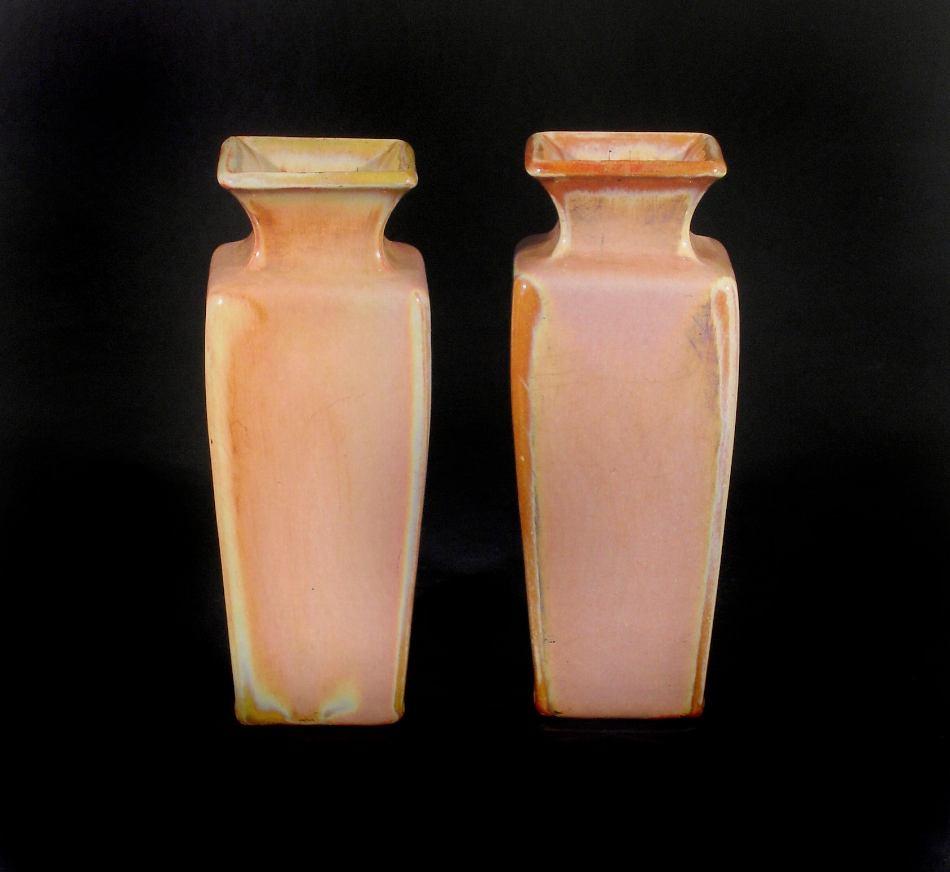
The reduction process was not an accurate science. The intention was for the reduced metals to form a thin lustrous layer across the pot surface. On occasions this produced a variety of interesting and attractive effects.
Vase (4.5 inches) in ruby and gold lustre glazes. Incised 'Carter and Co' mark, 1907.
Above - green lustre vase incised 'Carter's Poole 1903', height 5 inches.

Above - spectacular (but probably serendipitous) outcome of the reduction process.
Above - ruby, blue and green lustre glazes.

Above - lustre glazed grey stoneware vases with applied lizard relief decoration, probably by Lily Gilham. Leslie Hayward attributes the unusual glaze effect to be the result of overfiring or under reduction which may or may not have been deliberate.
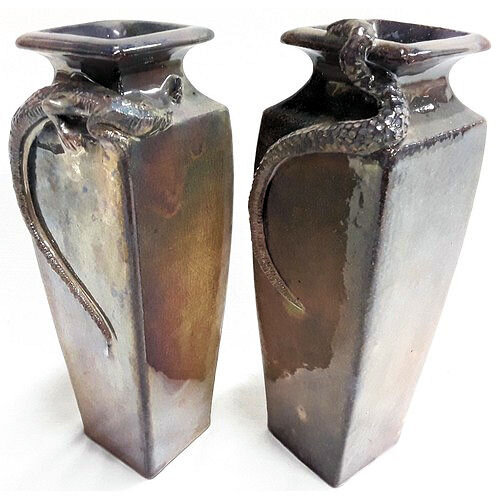
Similar vases with applied snake and lizard decoration.

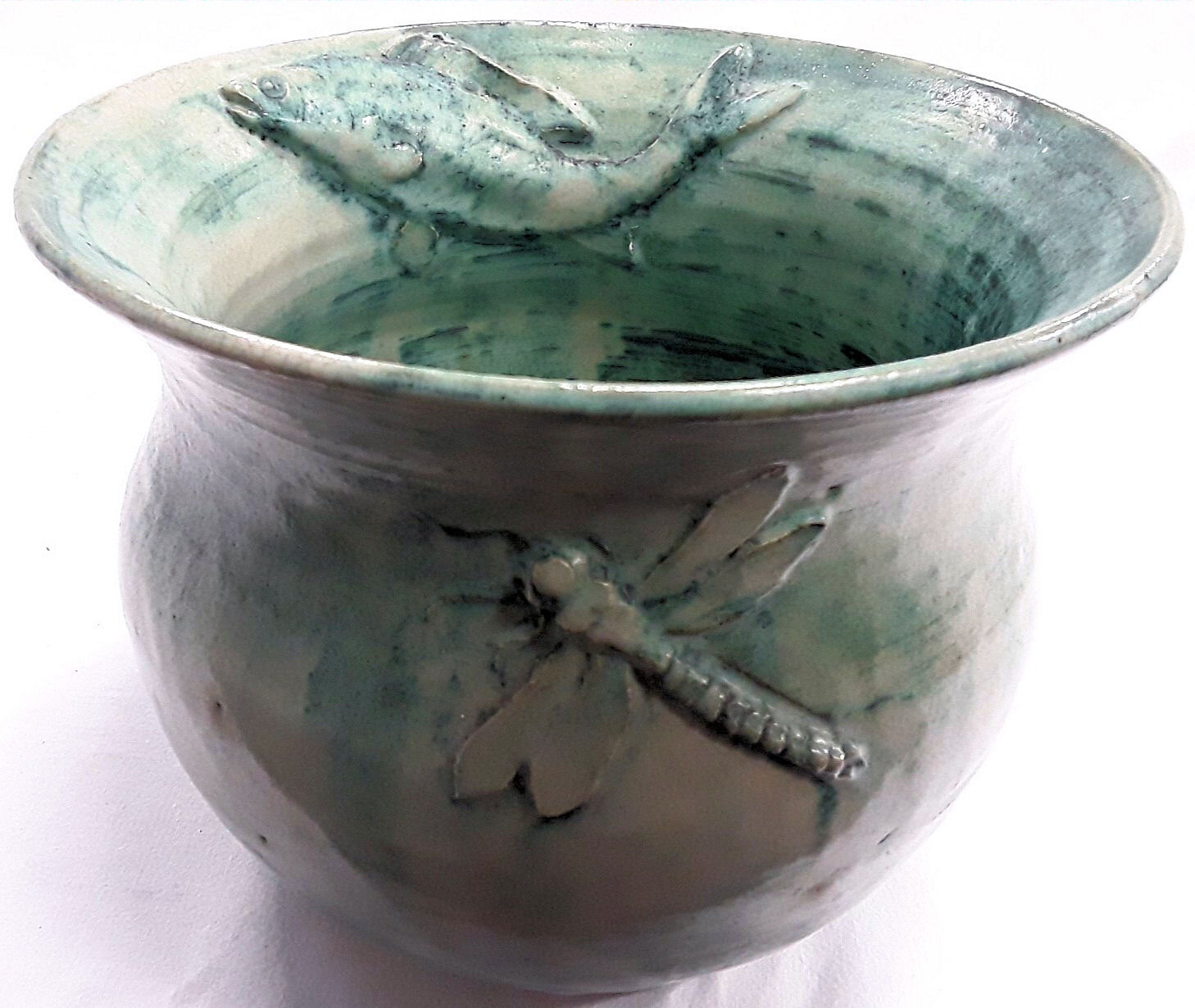
Above - bowls with applied relief decoration in a green lustre glazes.
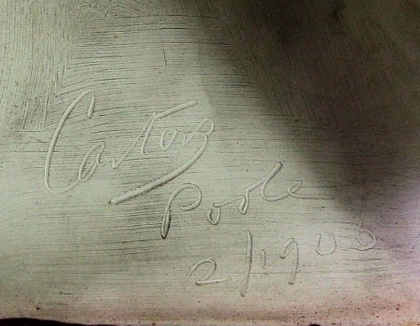
Above - incised mark in use on lustre pottery 1900-1908.
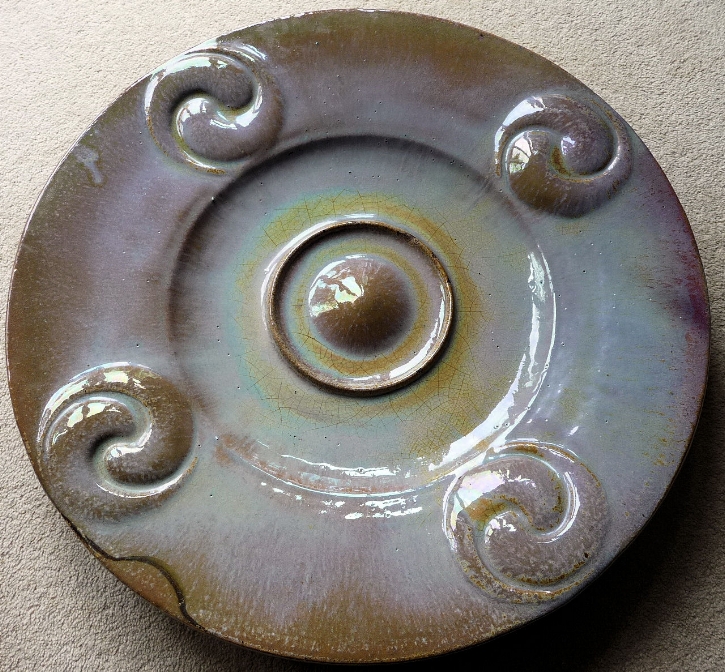
Above - lustre wall charger, the Yin and Yang motifs possibly indicating a Liberty design. Carters produced architectural, garden and decorative ware for Liberty in the early 1900's.
Garden wares and 'made for Liberty & Co.'
Between 1900 and 1910 Carters made terracotta and stone garden wares for Liberty and Co. Designs which include 'Celtic knot' patterns are attributed to Archibald Knox.

Above - the Brunhild. Designed by Archibald Knox and marked 'made for Liberty and Co' . The Celtic cross pattern in this design is said to take its inspiration from the Braddon Cross at Kirk Braddon on the Isle of Man.
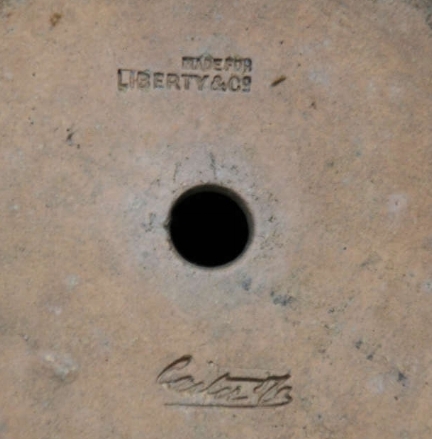
Photo EWBANK's Auctioneers
Carters 'made for Liberty & Co' markings on the base of a Brunhild jardiniere.
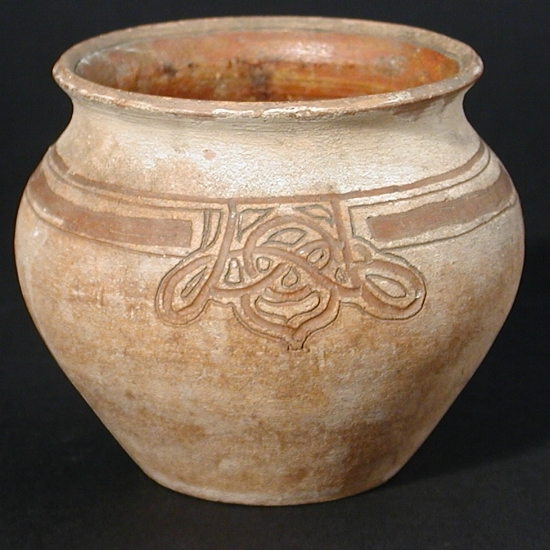
Carters jardiniere with a Celtic knot design. Although some garden wares are marked by the factory, many are not (which appeared to be the preference of Liberty and Co).
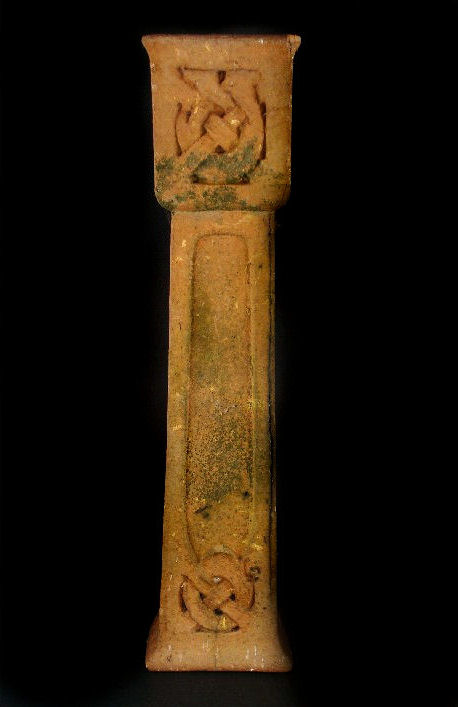
Above - pedestal and capital, impressed Liberty mark, designed by Archibald Knox.

Above - a pair of Liberty and Co stoneware planters made by Carters (stamped Liberty mark).
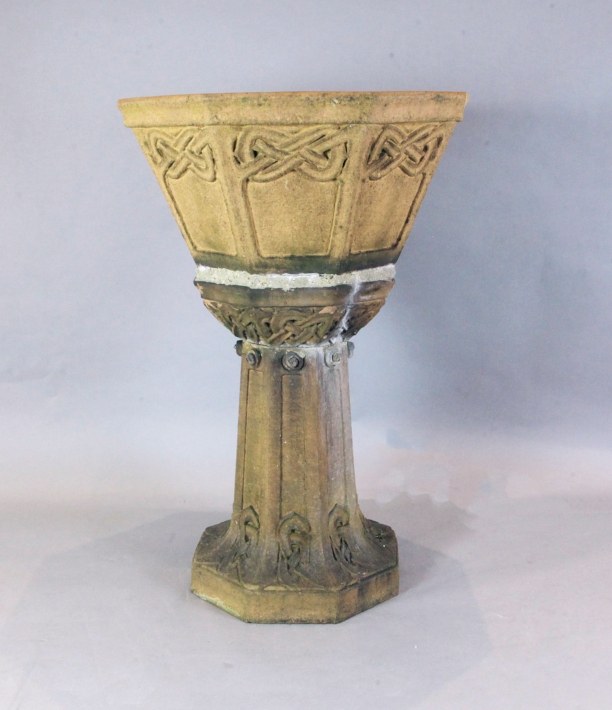
courtesy of Gorringes
Top left 'Regin', top centre and above 'Siegfried', top right 'Olaf'. These are illustrated in ‘The Book of Garden Ornaments by Liberty & Co. London & Paris’ c 1904.
Above 'Beowulf', 'Olaf' and 'Sigurd'
Below -Liberty 'Tara' terracotta garden bench designed by Archibald Knox and produced by Carters, c1905, the sides moulded with Celtic horse heads, the back with Celtic strapwork, 170cm (5ft 7in) wide.

COUrtesy of Bearnes Hampton & Littlewood
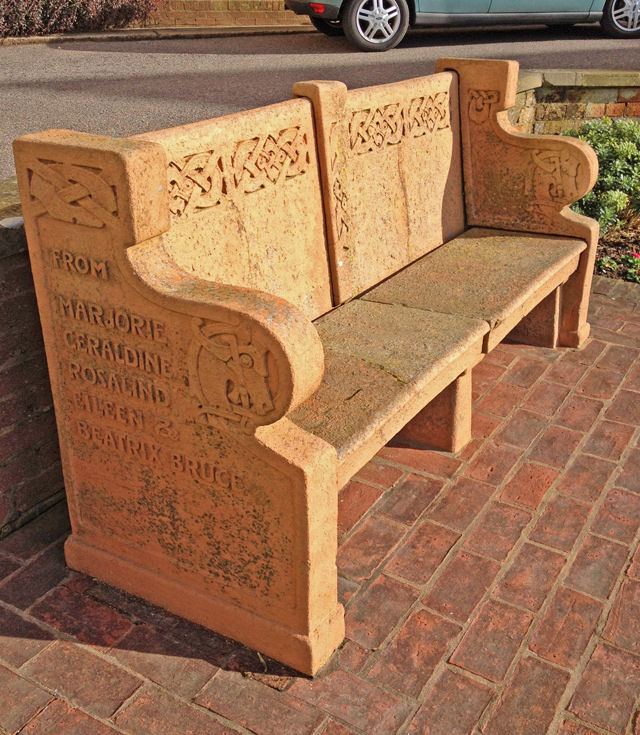
Above - one of a pair of Tara benches donated to Roedean School by the Bruce family.
Above - Thrym - an Archibald Knox pattern made for Liberty and Co by Carters. The name (chosen by Liberty and Co) is Norse. The vase is a smaller glazed version of a garden pot.
Above - tin-glazed grey and white semi-stoneware bowls with fine floral spriggs made for Liberty and Co.
Both of the bowls shown above show the impressed mark 'Liberty British Made London' which was in use from 1915-1921. There are no marks associating the pieces with Carters, presumably by agreement with the customer. The right hand bowl is marked 4/9 in pencil.
Portrait tiles
Commemorative wares were a 'search for alternative production' as 'the fortunes of the potteries were brought to crisis point' by the outbreak of war (Jennifer Hawkins, the Poole Potteries).

Patriotic tiles of World War I leaders - Field Marshall Lord Kitchener, Admiral Sir John Jellicoe, Field Marshall Sir John French and His Majesty King George V. The moulded tiles were filled with clear glaze to emulate the photographic images of the subjects.
Above - Marshal Joseph Joffre of France, Lloyd George and King Albert of Belgium
Evelyn Shepard, aged 3, whose connection to Poole Pottery is explained in Hayward and Atterbury.
Post-War production
James Radley Young rejoined the Pottery in 1904 (having left to join the Hammer Vale Pottery in Haslemere in 1901) and played 'a major role in the development of decorative pottery at Poole' (Hayward and Atterbury). As sales of lustre ware declined, new ranges with simple but recognisable designs (but with each piece produced unique) showed the influence of Belgian, Portuguese, Greek, Dutch, Moorish and Egyptian potters.

Above - vase with floral spriggs and below a tin-glazed grey and white semi-stoneware pot holder and , typical of production from 1915-1921. From 1922 the red clay body was introduced.

The simple designs with small sprays of flowers show the influence of Belgian refugee potters who came to England after the outbreak of the First World War.
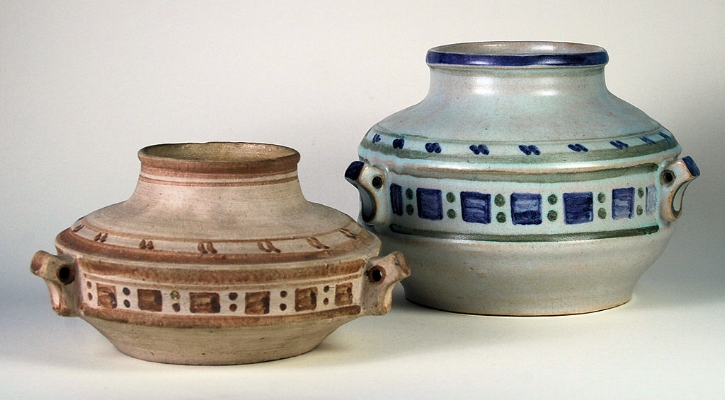
Above- pottery in a Moorish style, 1914-1921. The style is attributed to James Radley Young.
Above - unglazed coarse pottery made from a brown tile clay in Moorish and Egyptianesque manner painted with brown manganese oxide, 1914-1921.
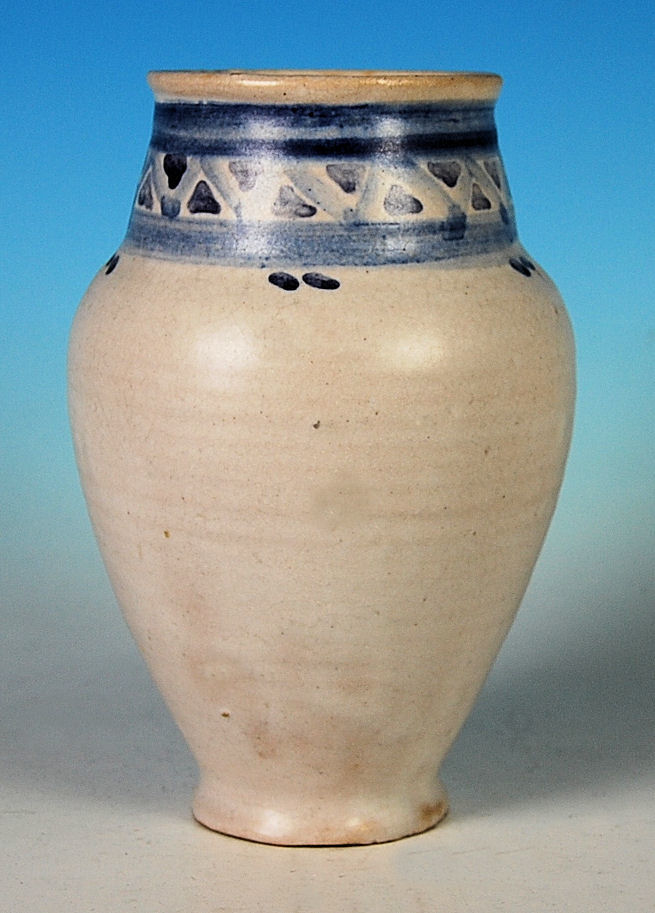

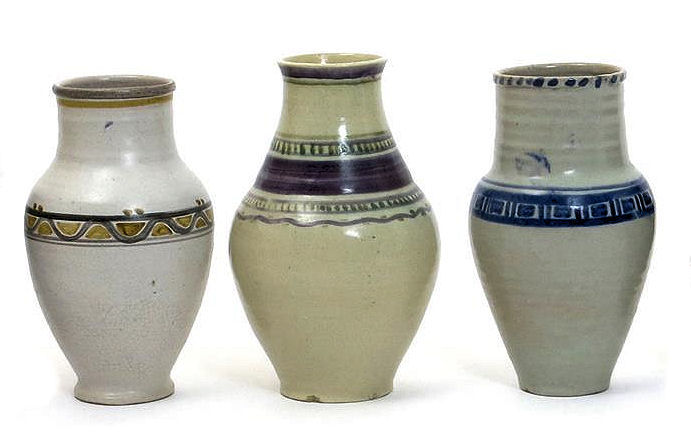
Above - simple bands and geometric designs decorated in the traditional Delft manner, the pattern painted on to the unfired opaque white tin glaze. The right hand vase shows finger marks - James Radley Young disliked the practice of buffing down fingermarks and throwing lines as he 'liked to be able to see and feel that a human being had been involved in the making of a piece' (Jennifer Hawkins, the Poole Potteries).

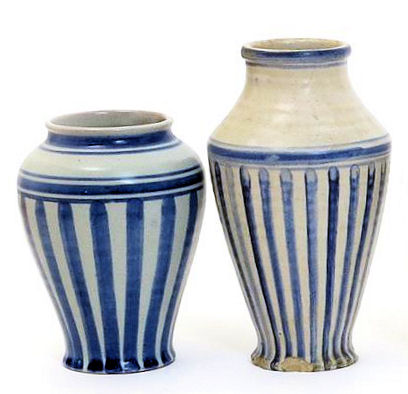
Above - vases in the Portuguese style. James Radley Young 'was especially keen on Spanish and Portuguese styles' (Jennifer Hawkins, ibid).

Above - potpourri, probably designed by Owen Carter.
Early Carter Stabler and Adams

From 1921 the Carter Stabler and Adams mark replaced the incised Carter and Co mark, making it easy to identify pieces made before and after this date. The bases of the grey stoneware vases remained unglazed until 1922, after which clear glaze was applied. 1922 also saw the introduction of the red earthenware body which is familiar to collectors of ‘Traditional’ Poole pottery. Initially the red earthenware pieces still had a grey glaze and were therefore similar in appearance to the earlier semi-stoneware pieces. The designs were also similar. Theses pieces are described by Hayward and Atterbury as transitional wares, marking the transition from the simple early Carters designs on grey semi-stoneware to the familiar Truda Adams colourful hand painted designs on clear glaze over a white slip on the local red clay (see 'Traditional').
Grey transitional ware jugs shape 306 pattern CX, 1921-22.
Left and centre - grey semi-stoneware vases; the left hand vase with an unglazed base, c1921. The centre vase (pattern CV by Anne Hatchard) with a clear glazed base and the right hand vase in red bodied earthenware (from 1922) with a grey glaze.

Pattern CV by Anne Hatchard in red clay c 1922 with an unusual peacock finial.

Lidded pot on red clay pattern JM painted by Margaret Holder c1925.
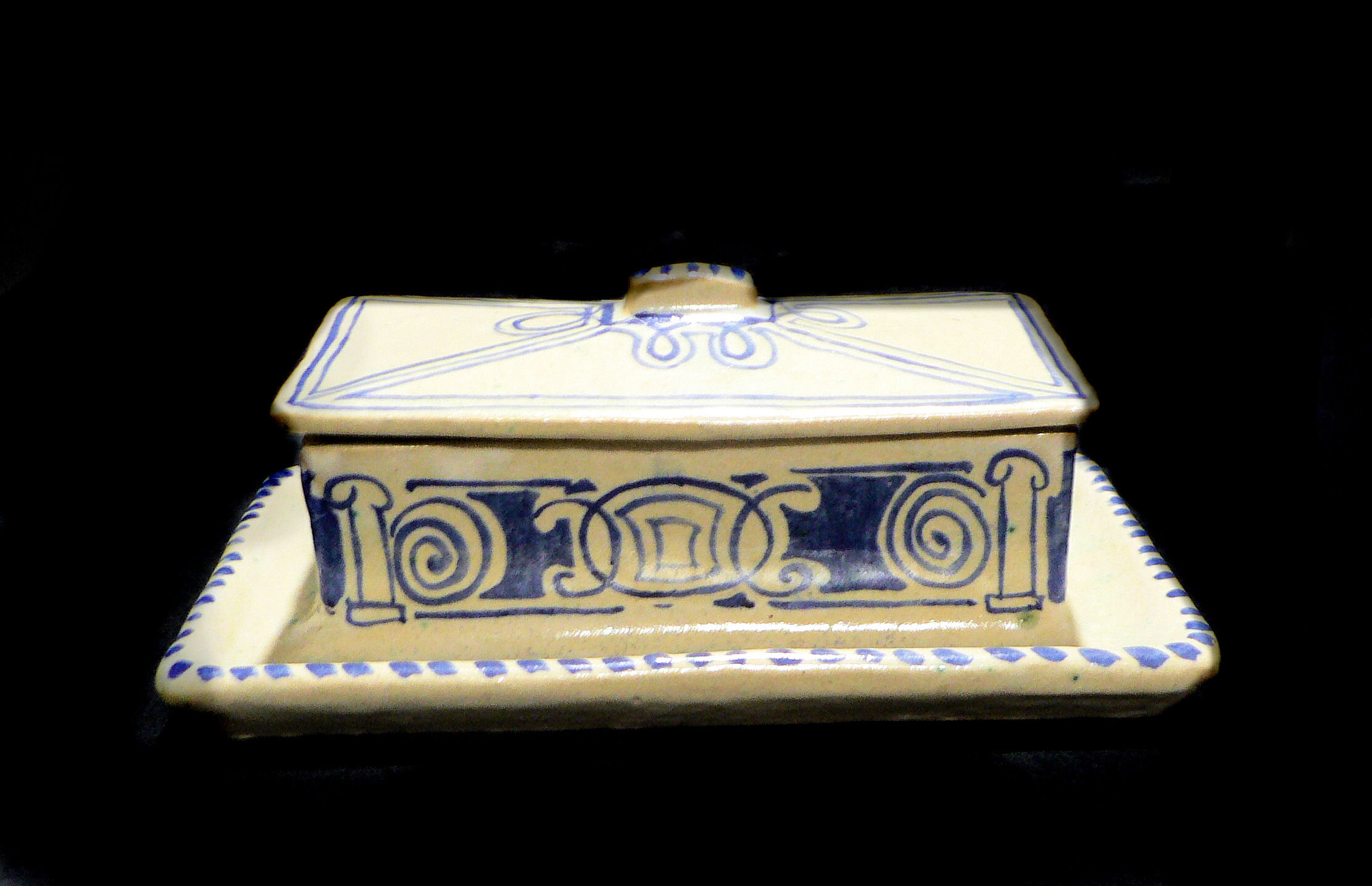
Above - early Carters lidded box or butter dish by James Radley Young.

Above - unglazed wares 1921-1930's in the style of James Radley Young. The vase top right is an adaptation of the design by Truda Adams decorated by Ruth Pavely.
Left - grey semi stoneware Portuguese striped vase, 1921 -1922 and (centre) an adaptation of the Portuguese style, probably by Truda Adams and (right) an unusual matt green glaze with a geometric band.


